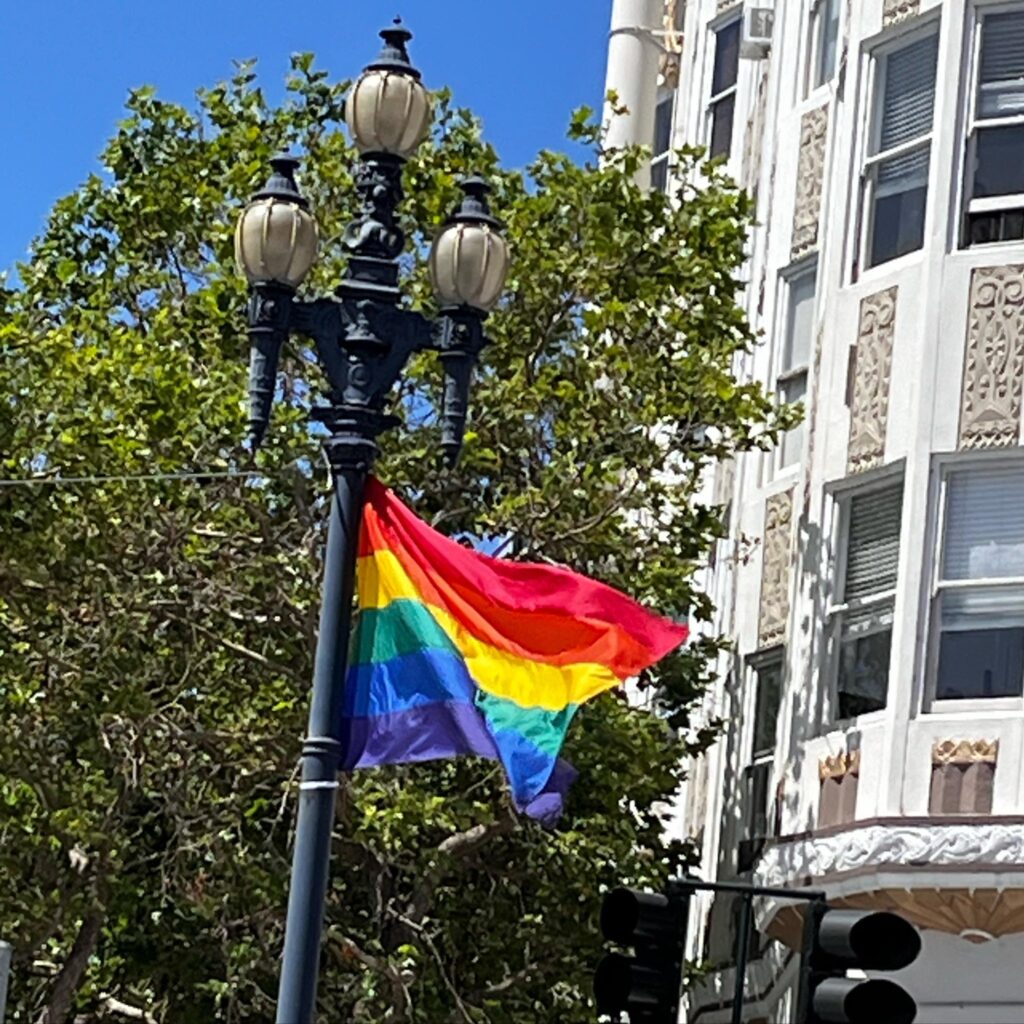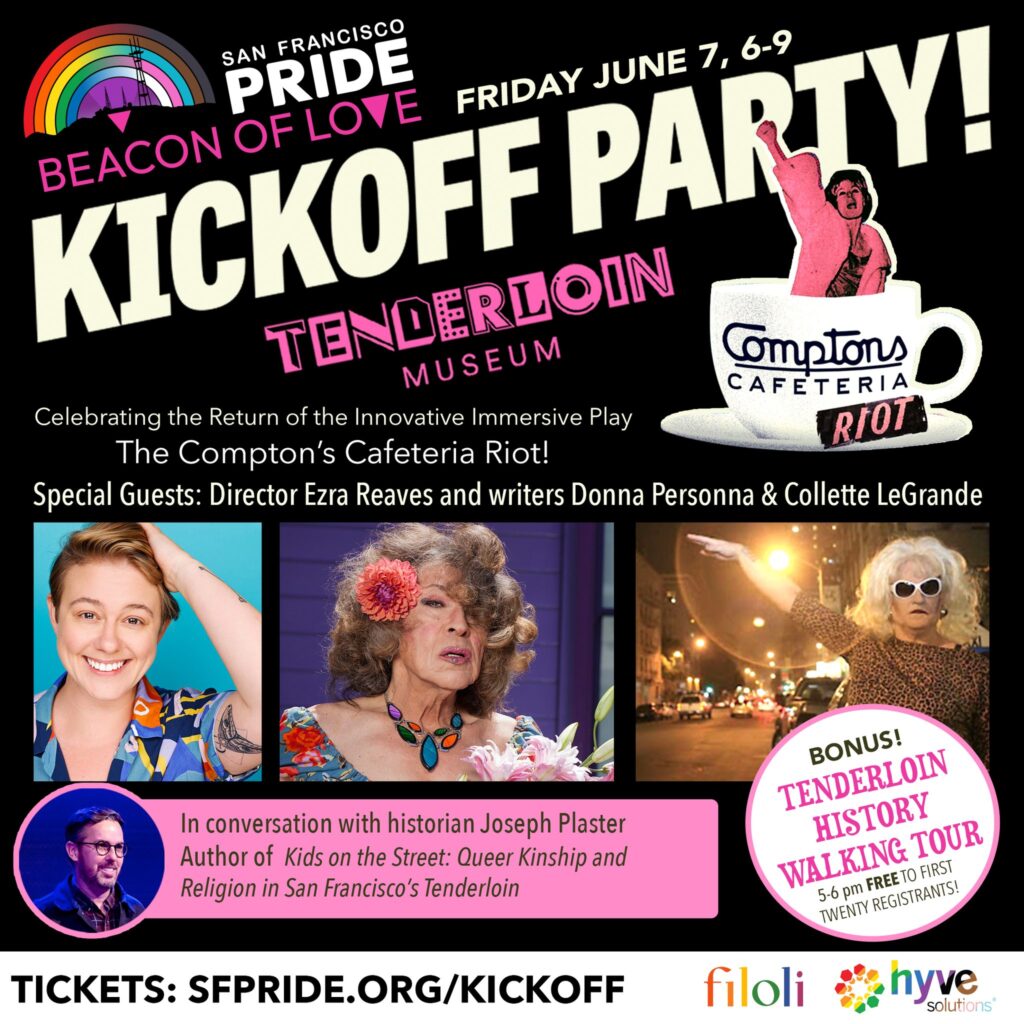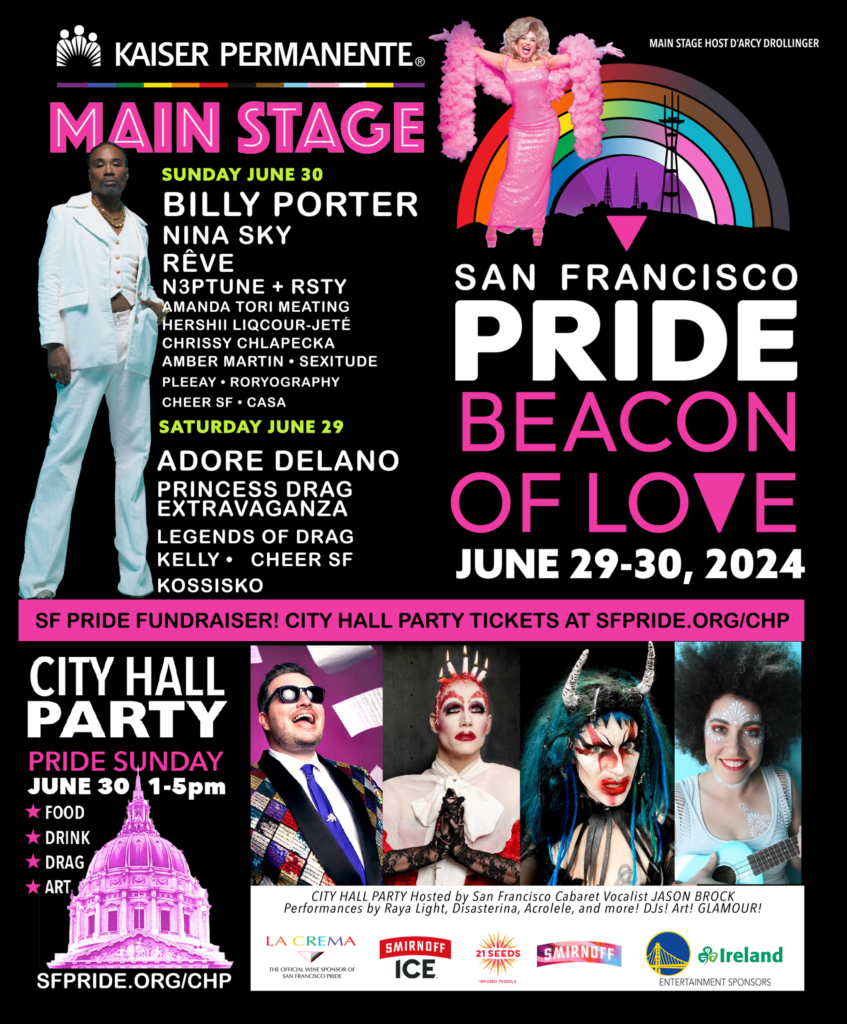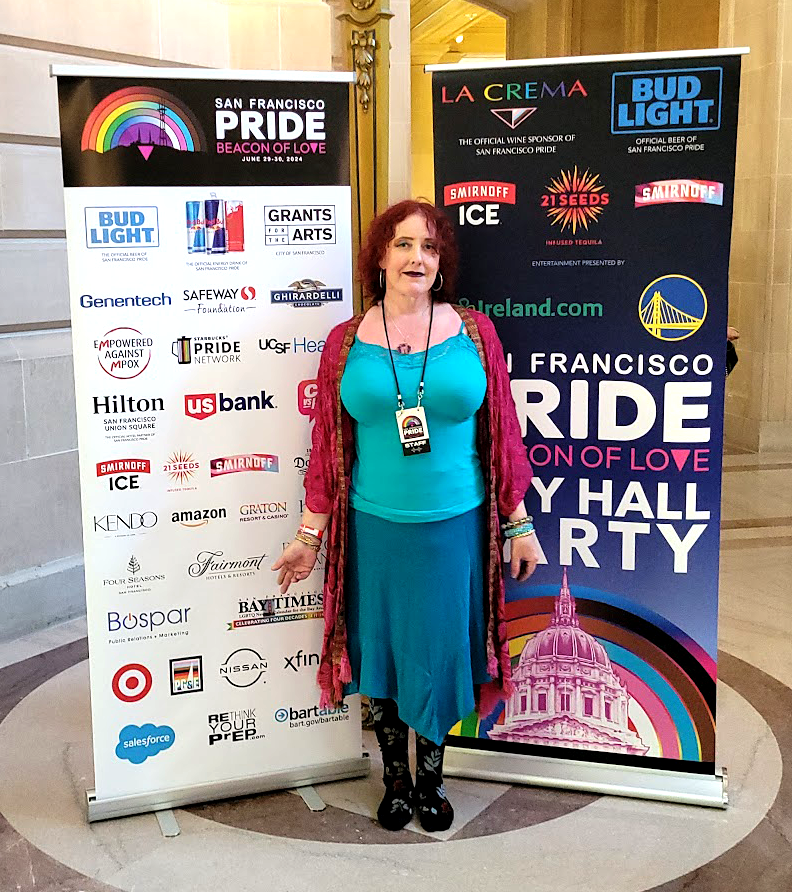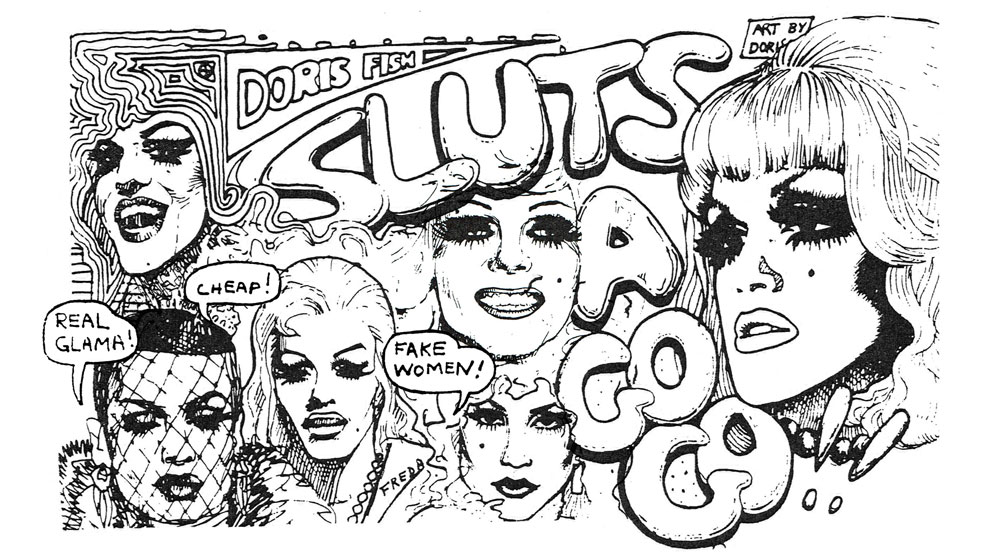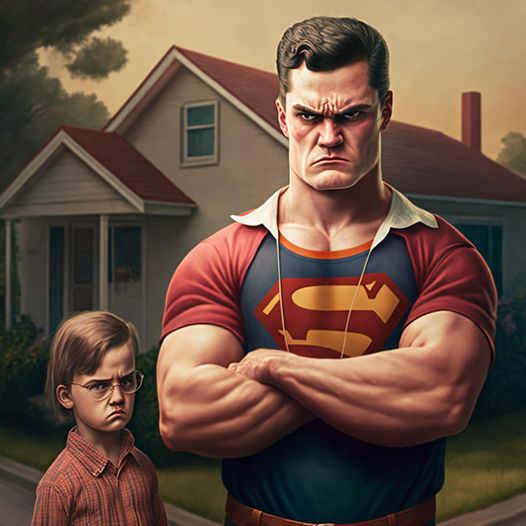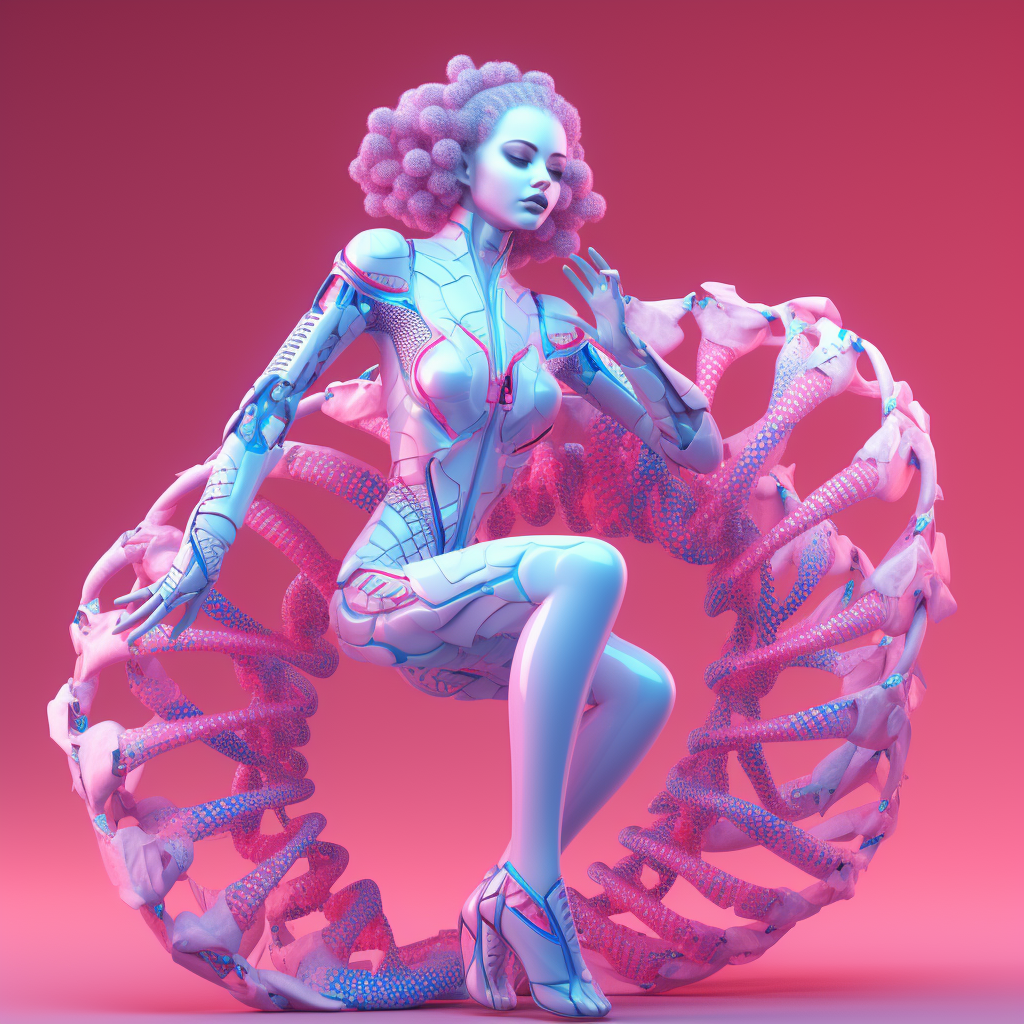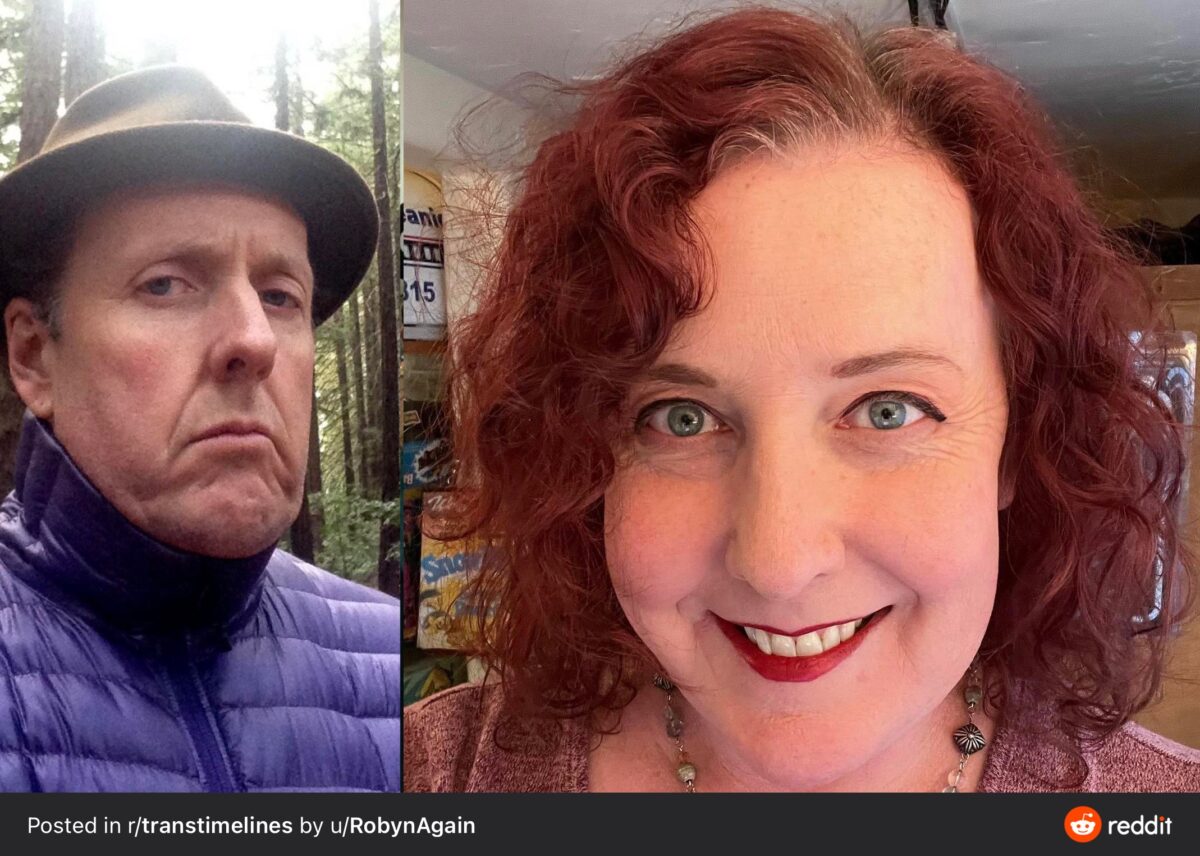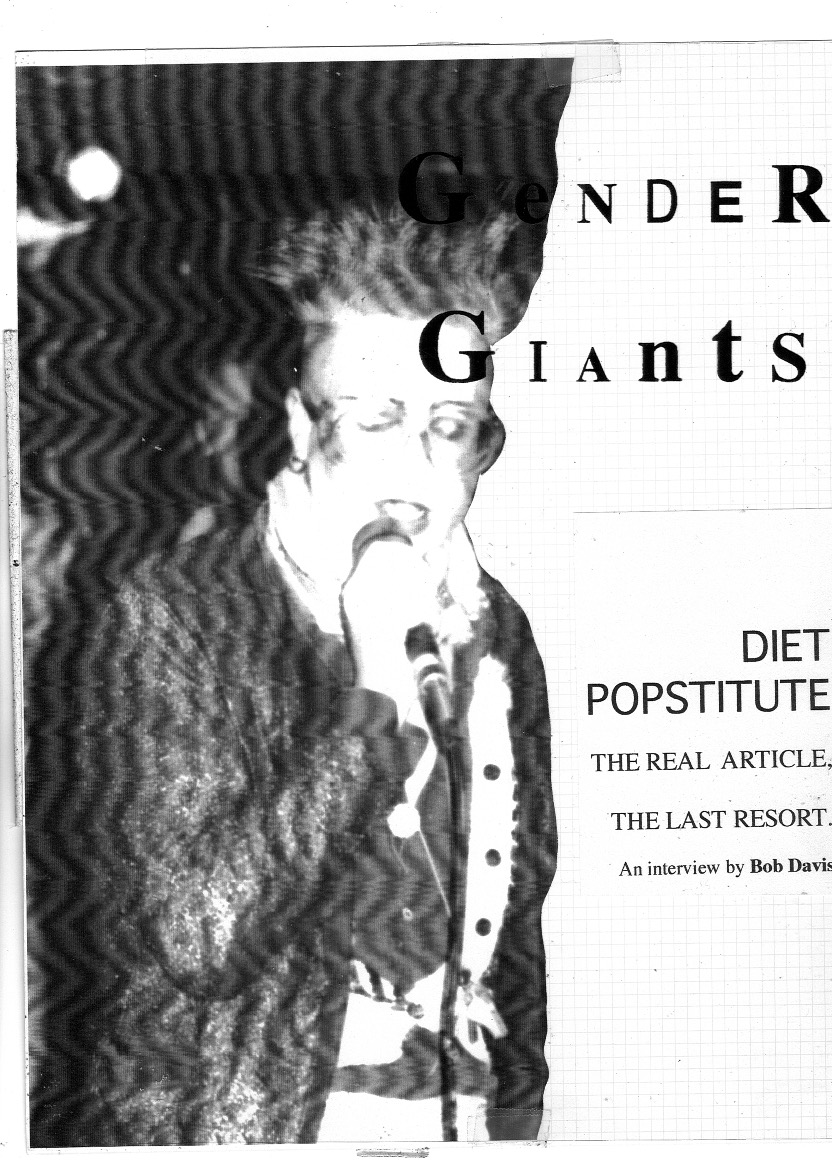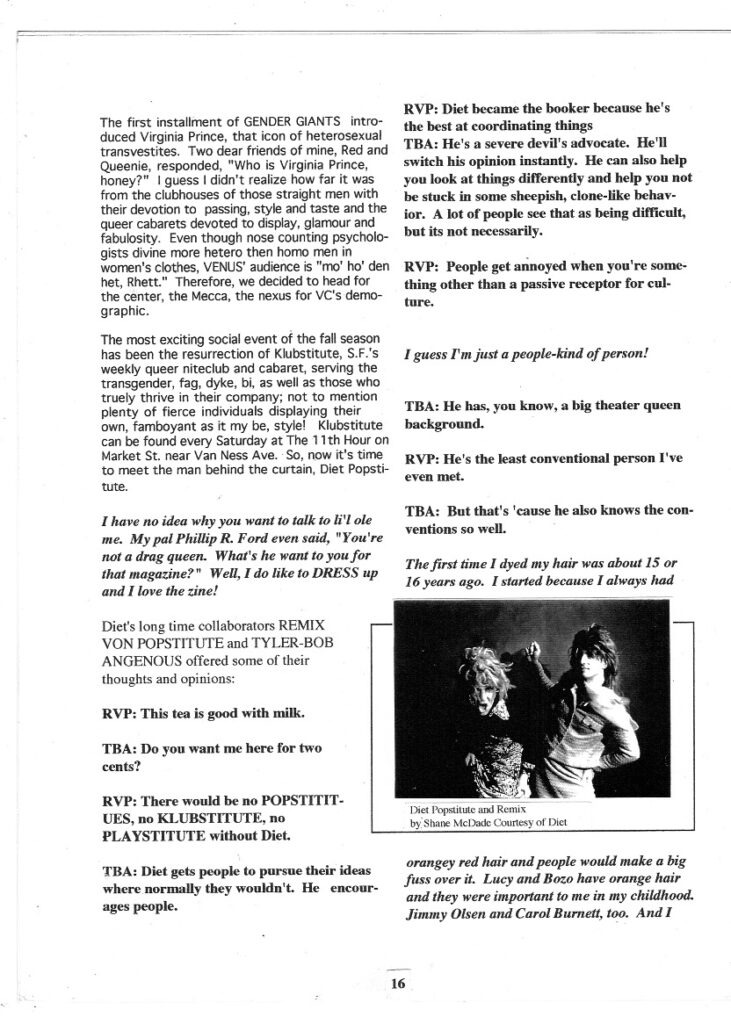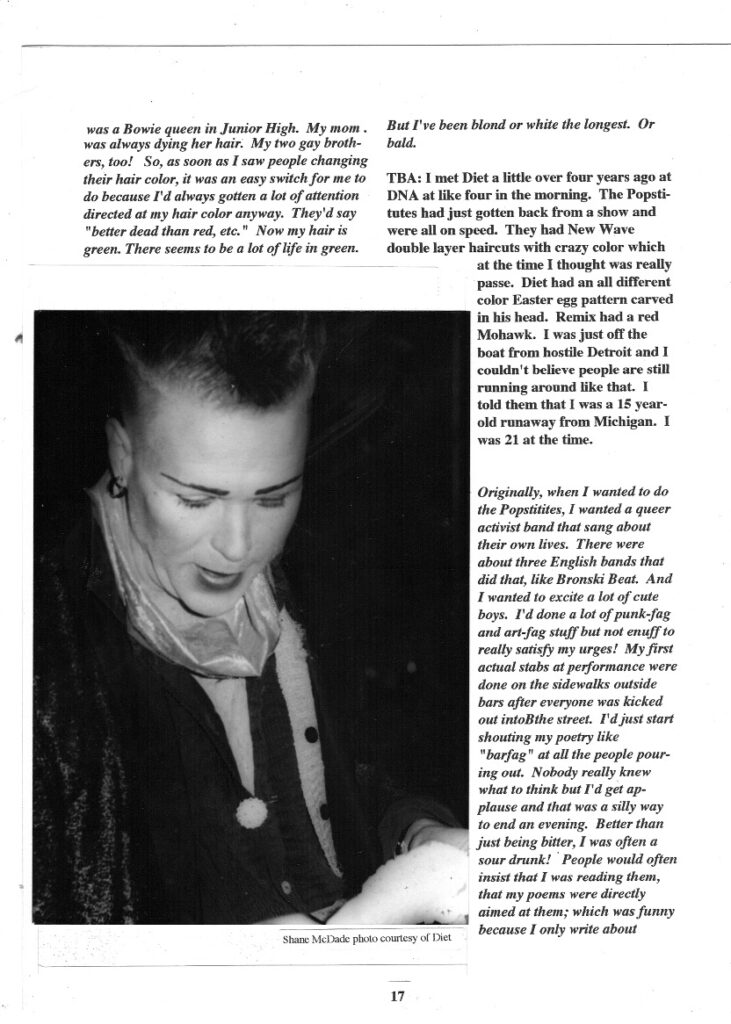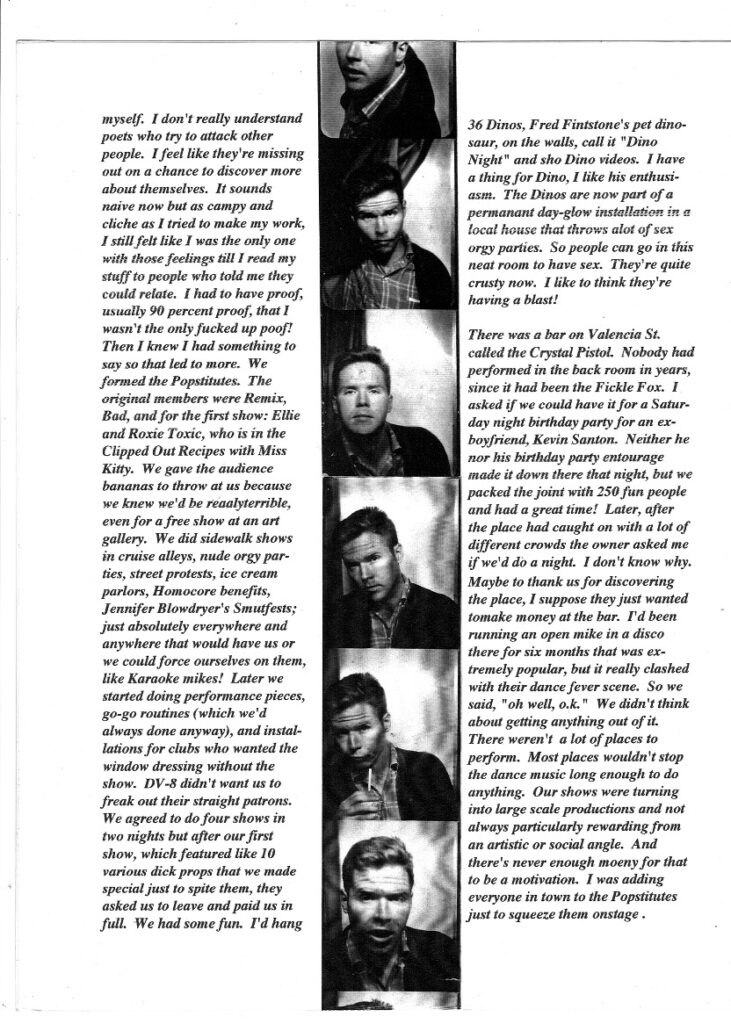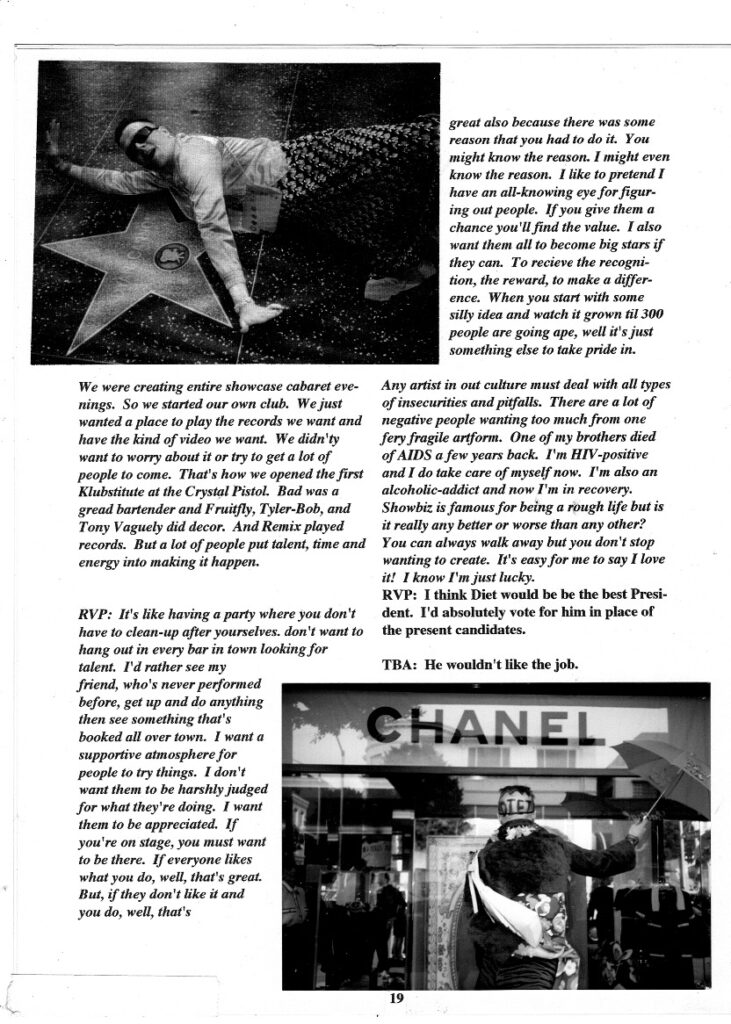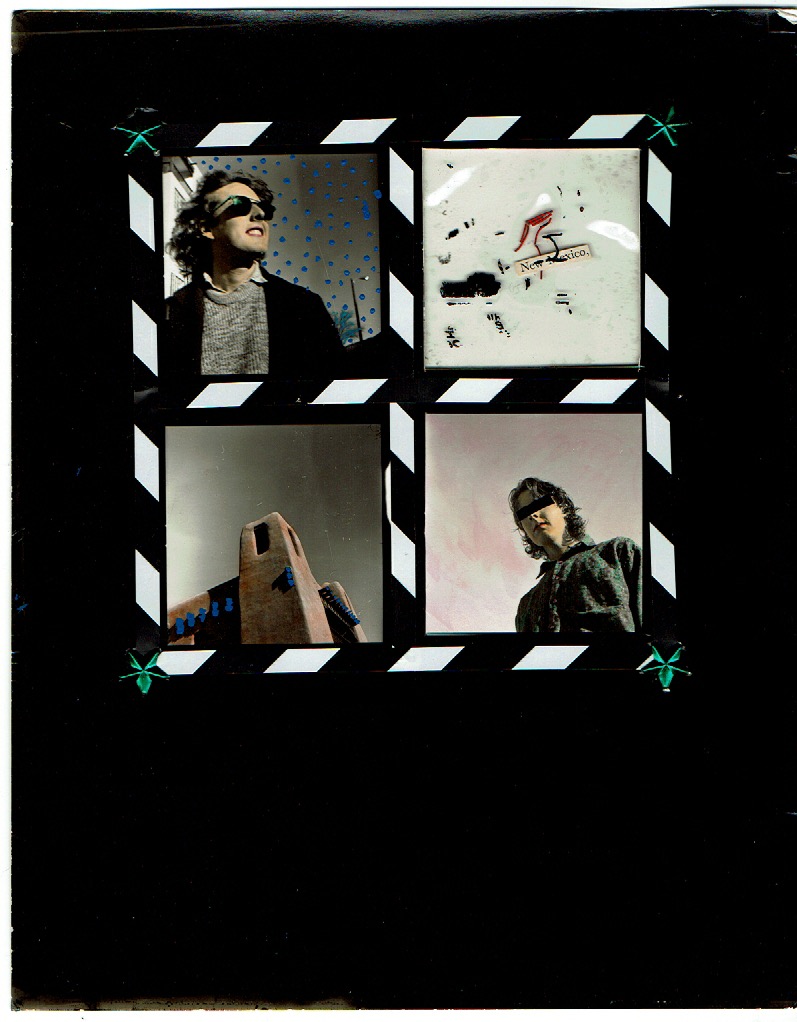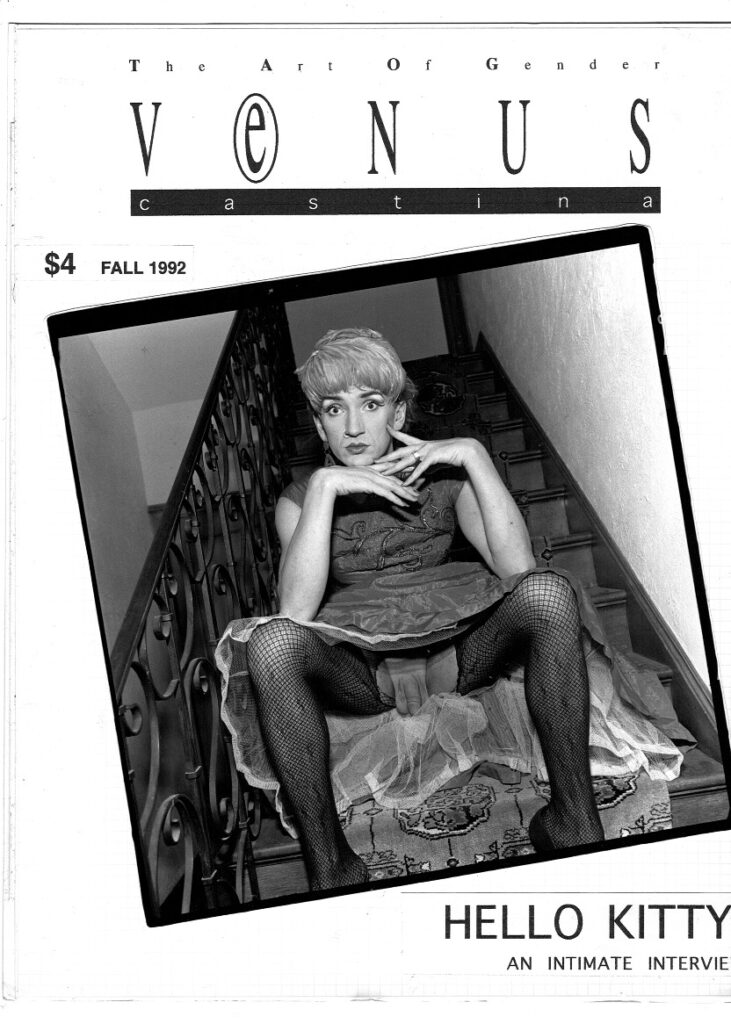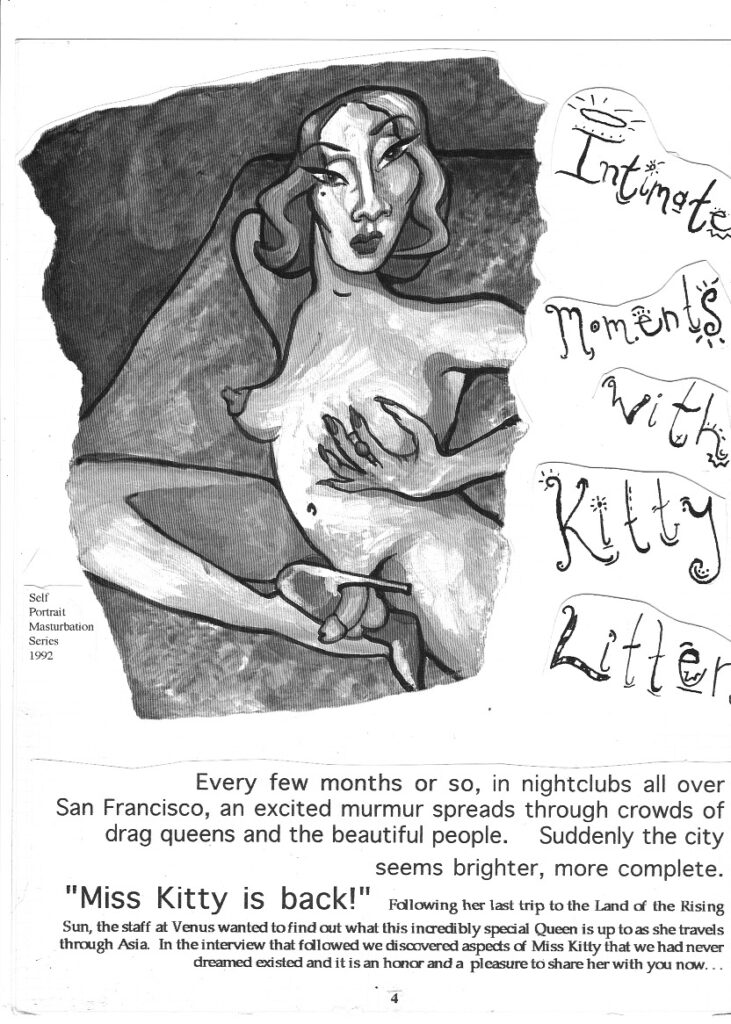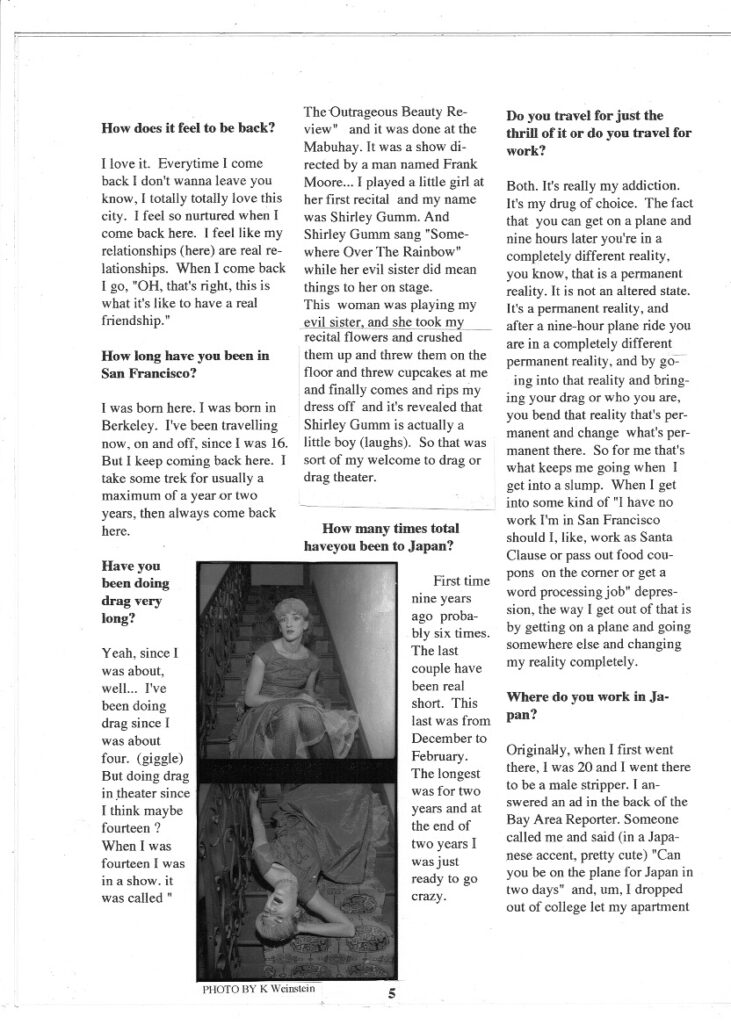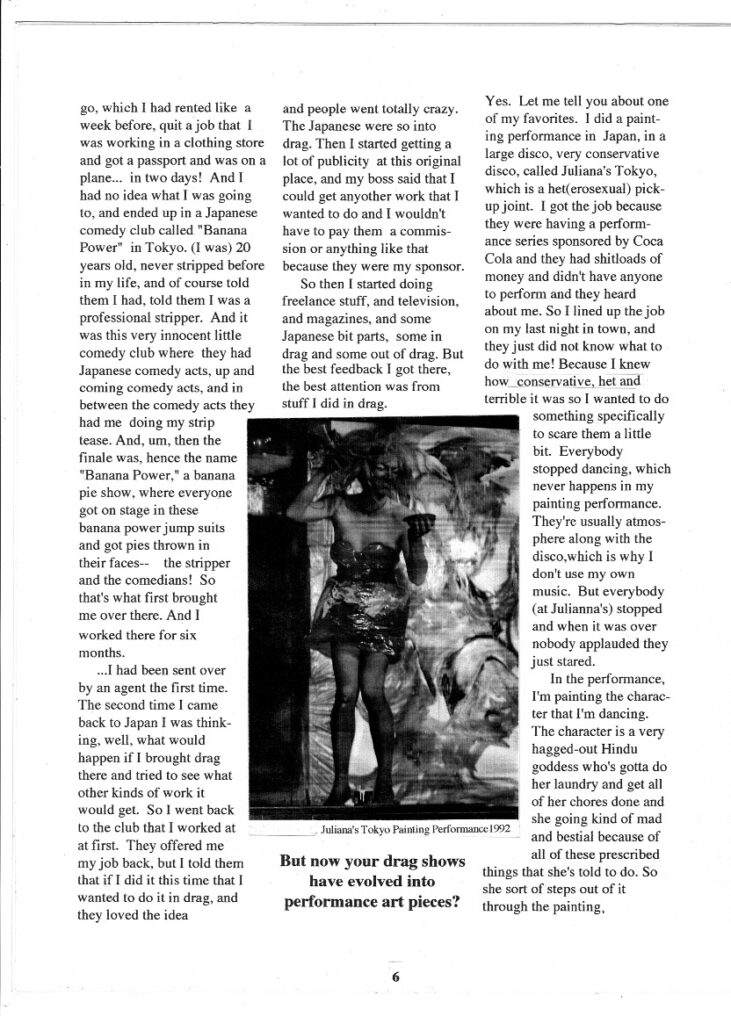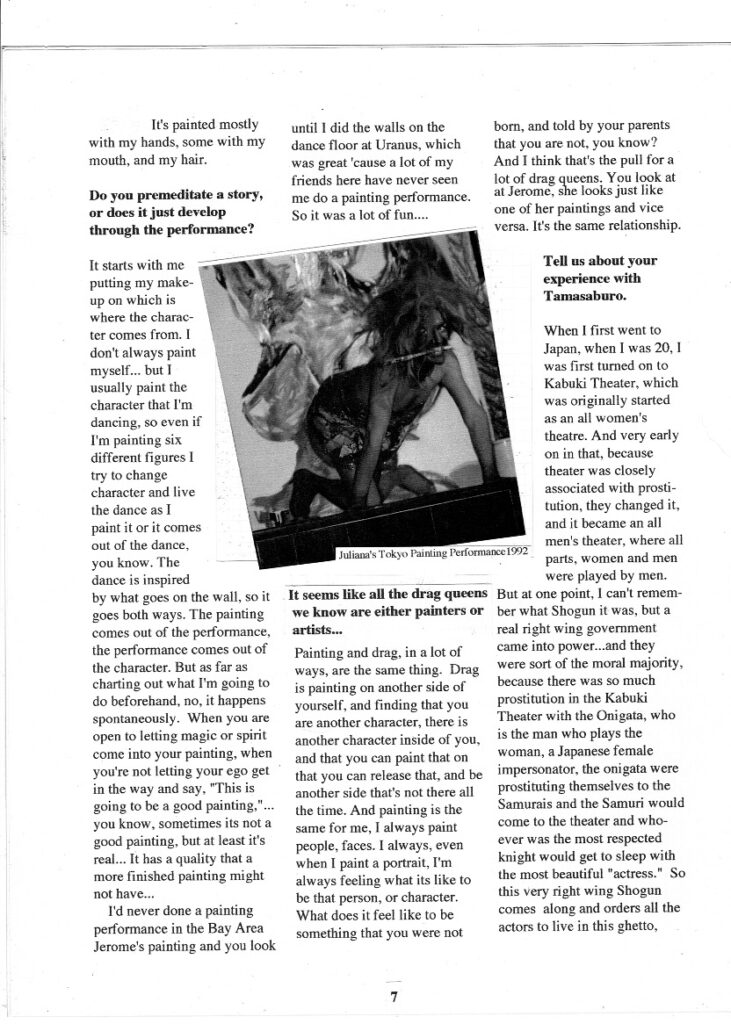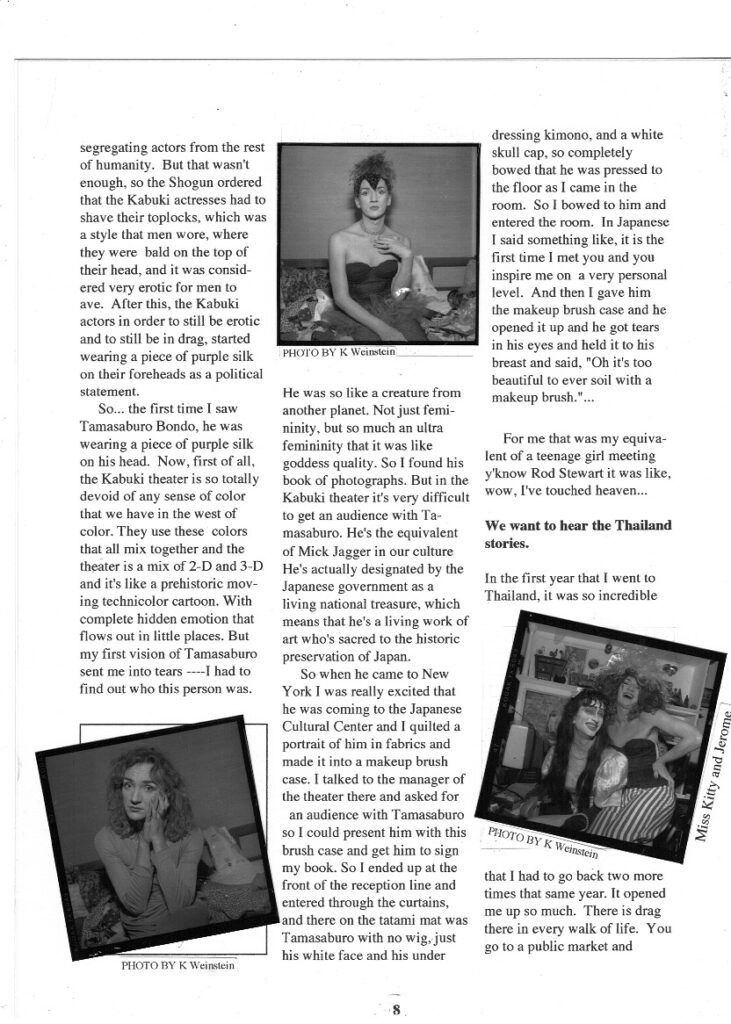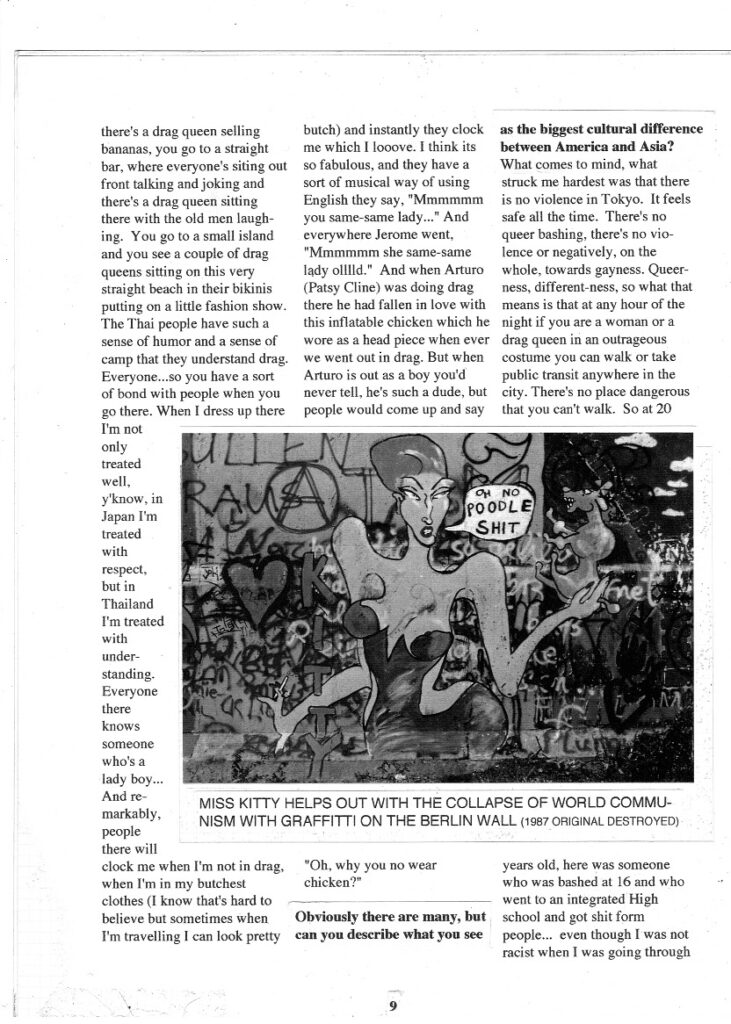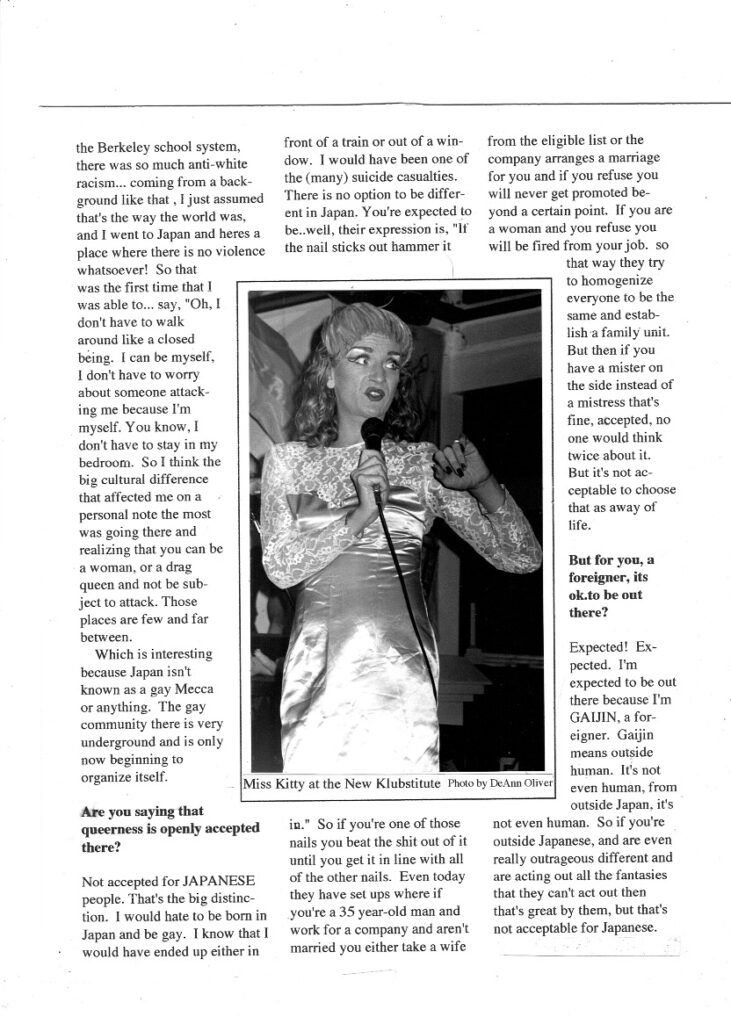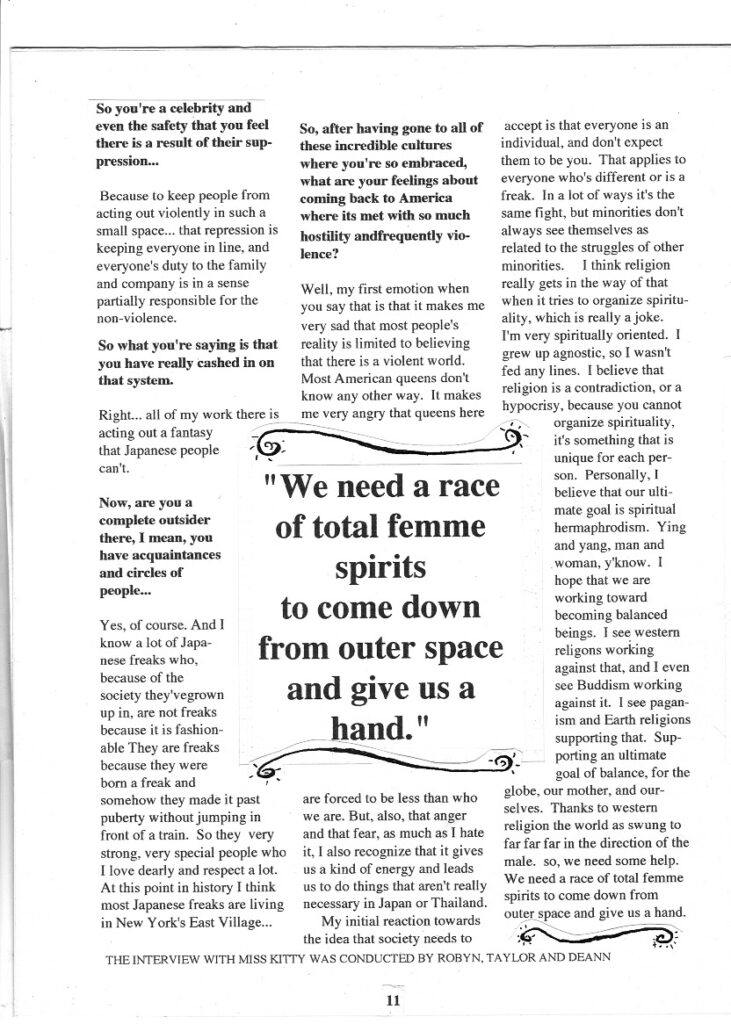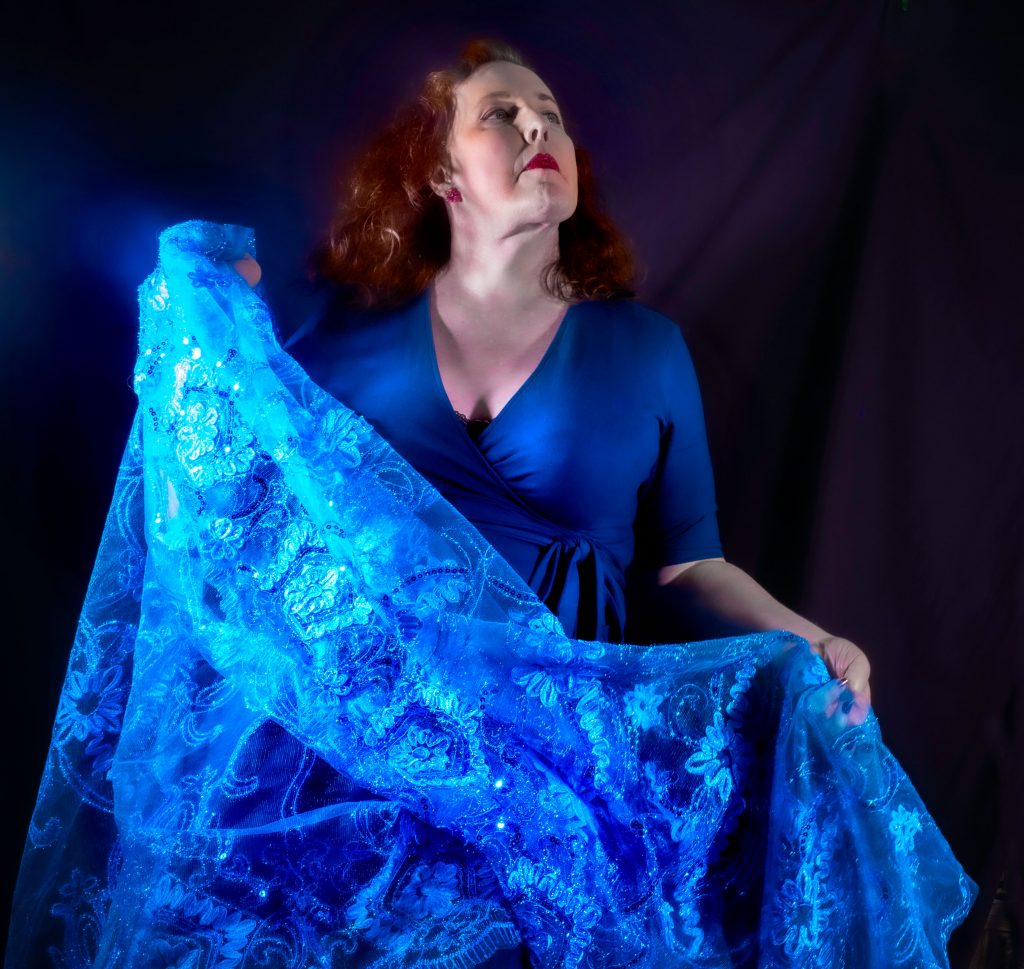
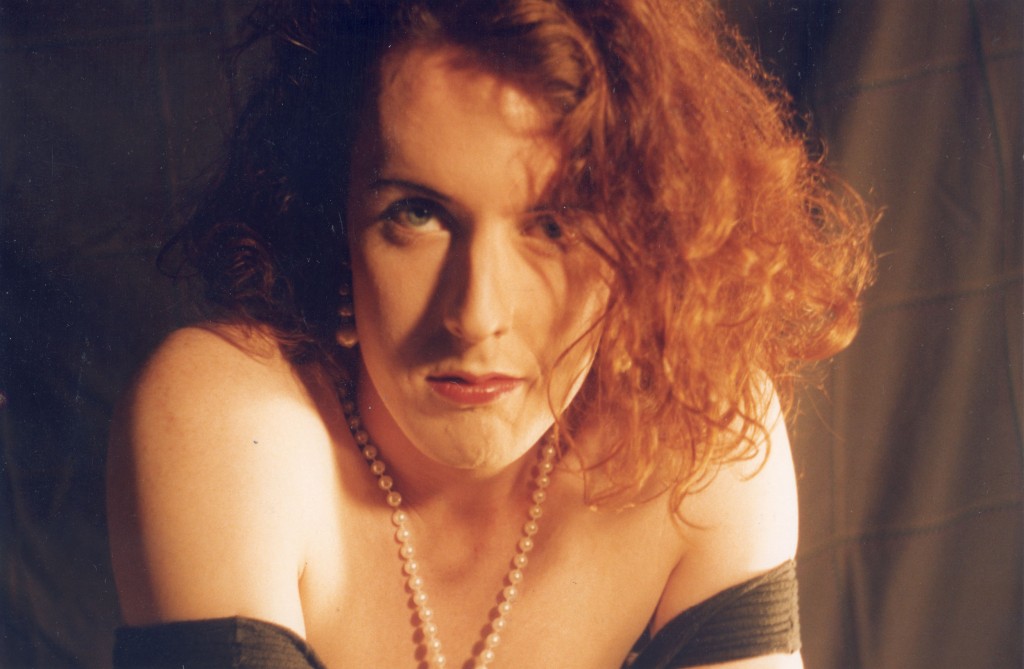 In 1991 I was a pretty young transvestite and wanna-be drag queen in San Francisco, exploring my gender and sexuality. I called myself Robyn. I was very happily “out”, I had lots of fabulous friends and support in the queer community, but also had a punishing, self-destructive, and addictive side that eventually won out. Continue reading “A Short Story About A Long Trip”
In 1991 I was a pretty young transvestite and wanna-be drag queen in San Francisco, exploring my gender and sexuality. I called myself Robyn. I was very happily “out”, I had lots of fabulous friends and support in the queer community, but also had a punishing, self-destructive, and addictive side that eventually won out. Continue reading “A Short Story About A Long Trip”
Sex and Magic in 2024
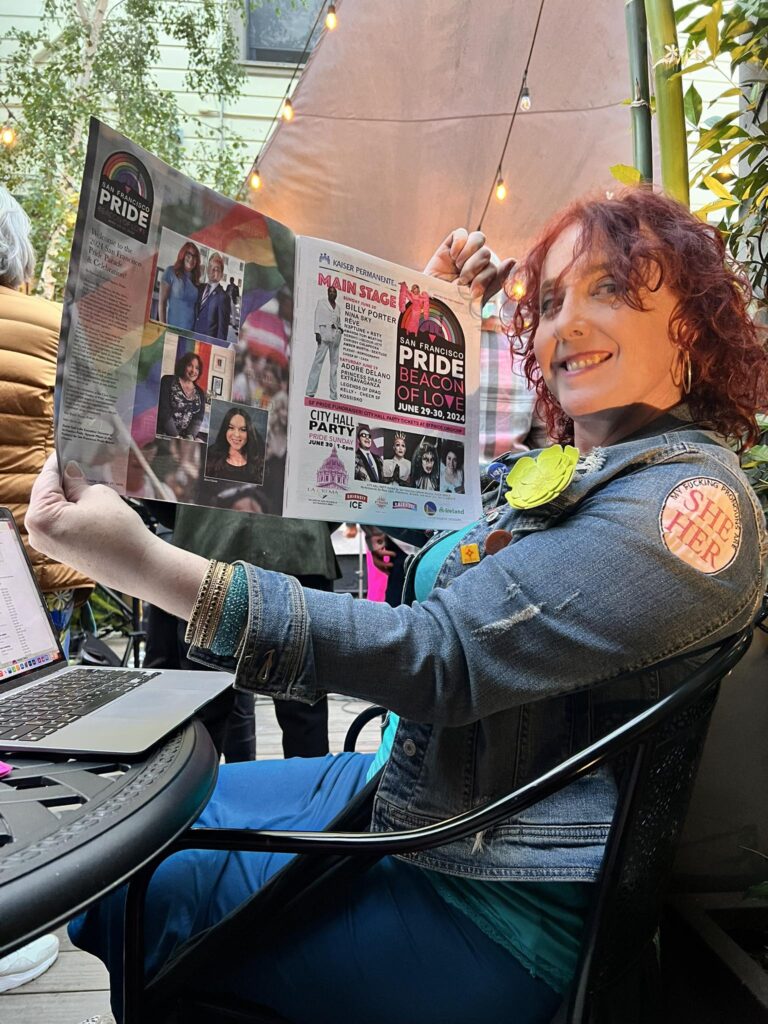 Turquoise is my color right now.
Turquoise is my color right now.
When Gilbert Baker and friends made the first Pride flags they were looking for a more life-affirming symbol for the Gay and Lesbian movement than the Pink Triangle-the Nazi symbol for queer prisoners in concentration camps.
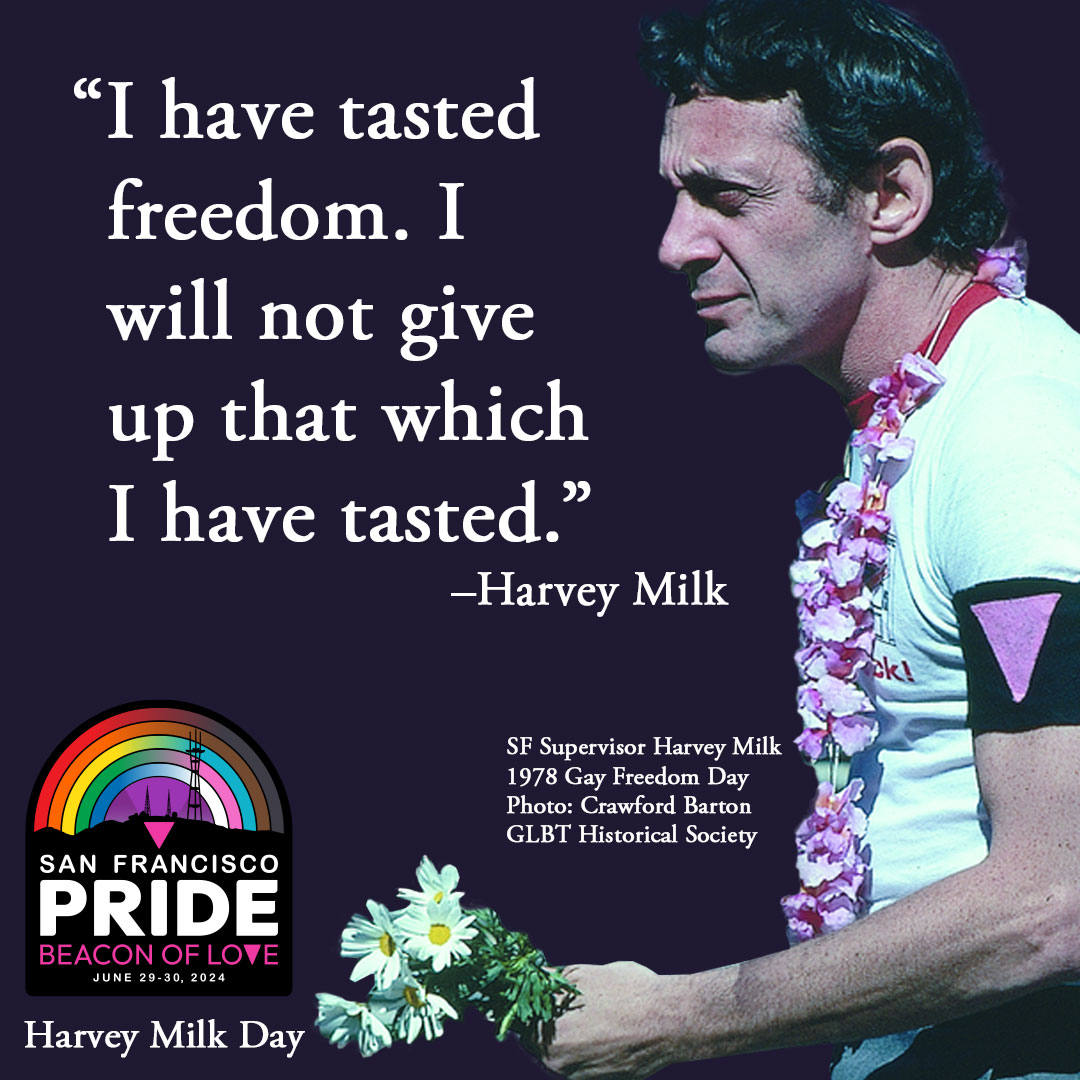
An LSD trip in a gay disco in 1977 led Gilbert to the rainbow, so he tells it. “There were long-haired, lithe girls in belly-dance get-ups, pink-haired punks safety-pinned together, hippie suburbanites, movie stars so beautiful they left you dumbstruck, muscle gayboys with perfect mustaches, butch dykes in blue jeans, and fairies of all genders in thrift-store dresses. We rode the mirrored ball on glittering LSD and love power. Dance fused us, magical and cleansing. We were all in a swirl of color and light. It was like a rainbow.
A rainbow. That’s the moment when I knew exactly what kind of flag I would make.”
Originally in 1978 there were eight stripes: the 6 we have now-RED for LIFE, ORANGE for HEALING, YELLOW for SUNLIGHT, GREEN for NATURE, BLUE for SERENITY and PURPLE for SPIRIT-but also HOT PINK for SEX and TURQUOISE for MAGIC. Some versions included a blue field with white stars, emphasizing that gays and lesbians were entitled to the ideals of liberty and equality espoused in the founding of America.
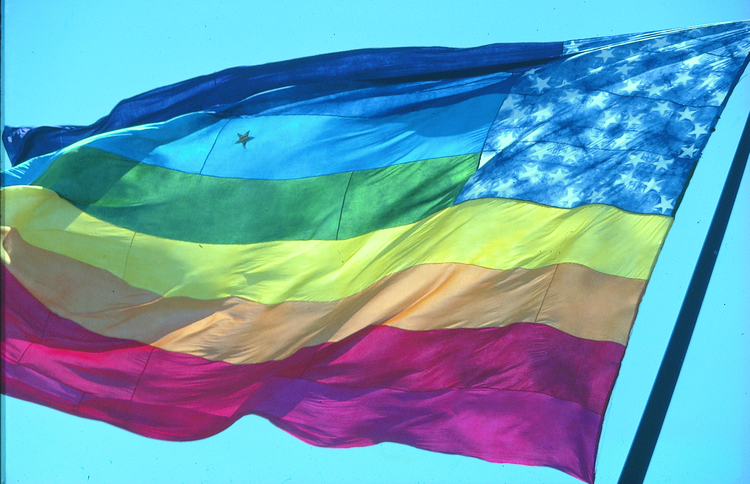
But the flag quickly changed. The hot pink was removed in 1979 due to a worldwide shortage of hot pink dye…and the turquoise was removed because 6 was more symmetrical for hanging on Market street lamp posts.
These are two rather mundane and pedestrian reasons for removing SEX & MAGIC, if you ask me.
The Progress flag is now the predominant symbol for our borderless LGBTQIA nation, as many felt the need to explicitly include people of color and trans people in the representation. I have no quarrel with it, the community group conscious felt strongly that long-standing problems of inclusion needed to be centered.
I’m saddened that it wasn’t possible for everyone to see themselves and their humanity included in the Pride colors symbology, but perception is reality and symbols change to reflect that reality.
Aesthetically? For a designer, it’s a hassle. It’s hard enough to work with a 6 color rainbow, but adding five more colors on top of it is really challenging. I’m not a fan of the trans colors, personally. Baby blue and pink pastel? Ugh. The most boring and gender oppressive colors for us magical gender beings, if you ask me, but nobody did.
The new SF Pride logo (2024) by Nicole Bloss enshrines the progress colors in a gradient rainbow and reincorporates the Pink Triangle in the symbology. Symmetry again forces a compromise, as an EVEN number of colors are required, thus Purple Spirit is removed from the SF Pride Progress Rainbow. I try to use it as a ground for the logo when I can so we don’t entirely lose SPIRIT.
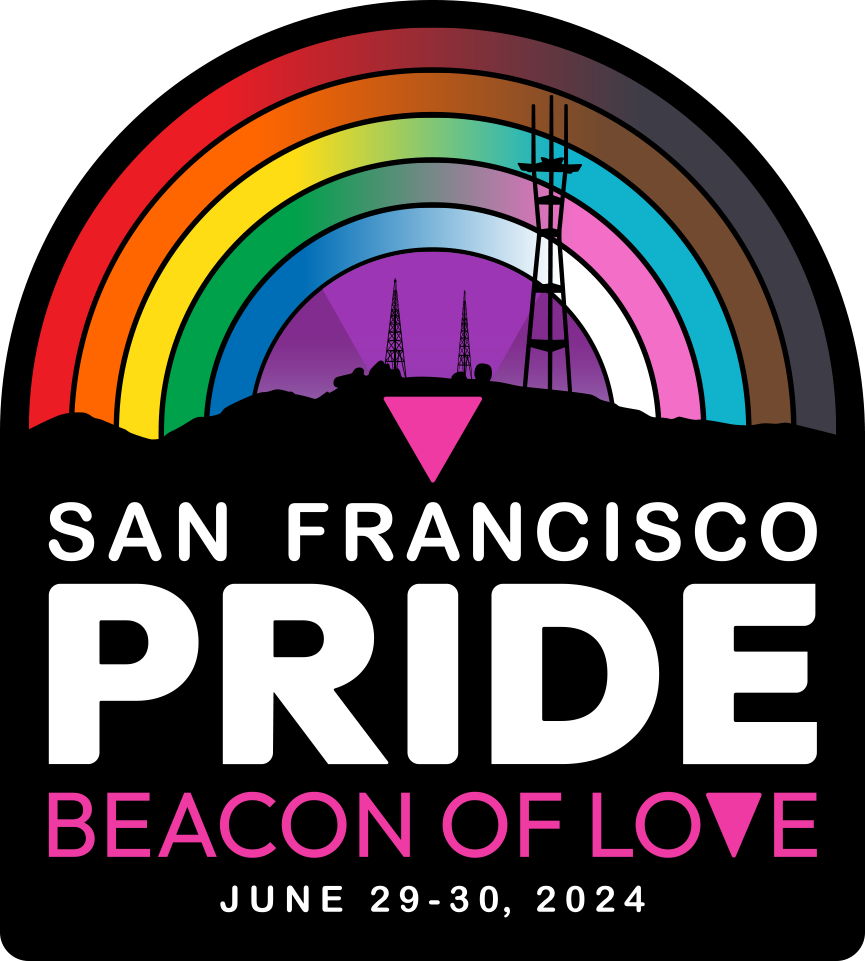
Nicole set the logo in a black frame, which works well to contain the disparate colors, and also sets off the hot pink text and triangle (black and pink is a killer combo, feminine and bold).
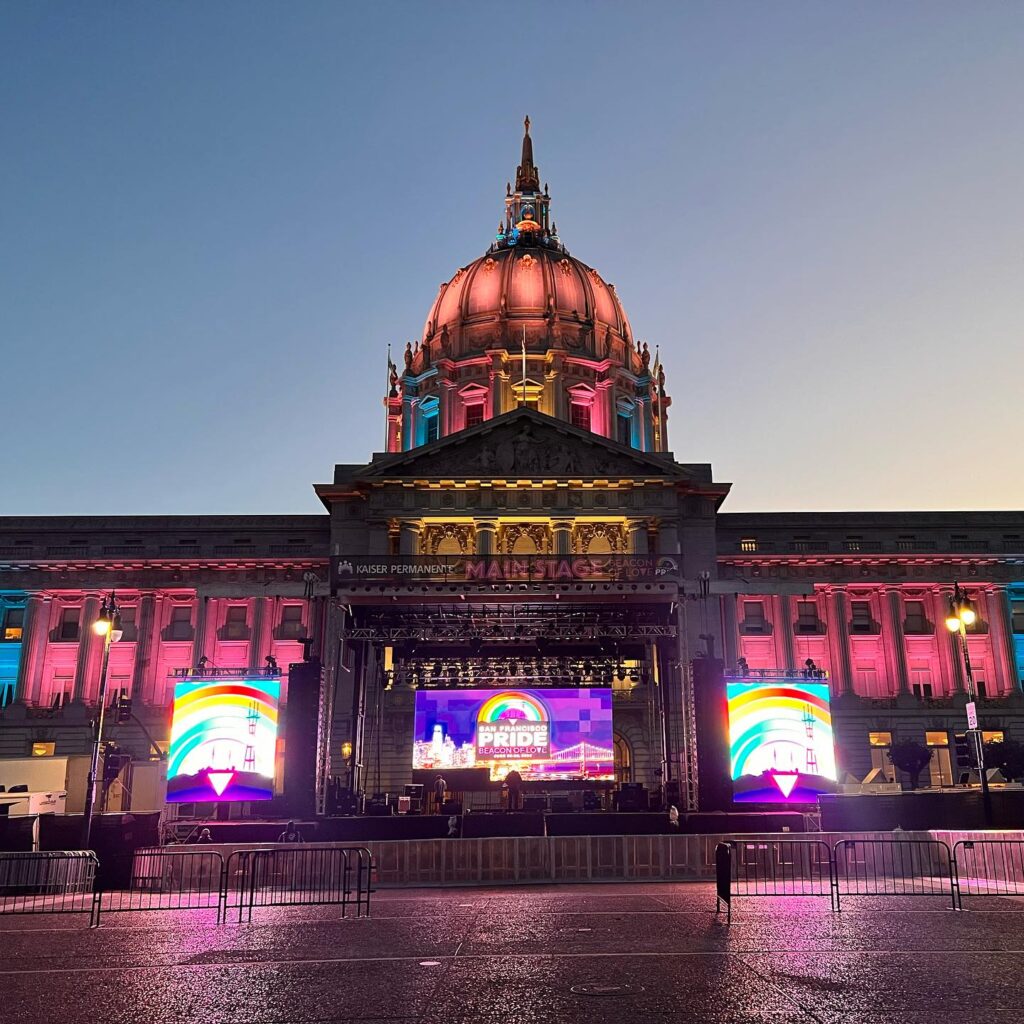
I went with the black in a lot of the marketing for Pride, notably in the Kaiser Permanente Main Stage design and branding. At some point I broke the logo apart to emphasize the “Beacon of Love”theme and let the San Francisco Pride typography Nicole created to stand on its own. The progress rainbow gradients also appeared in linear form as a design element.
![]()
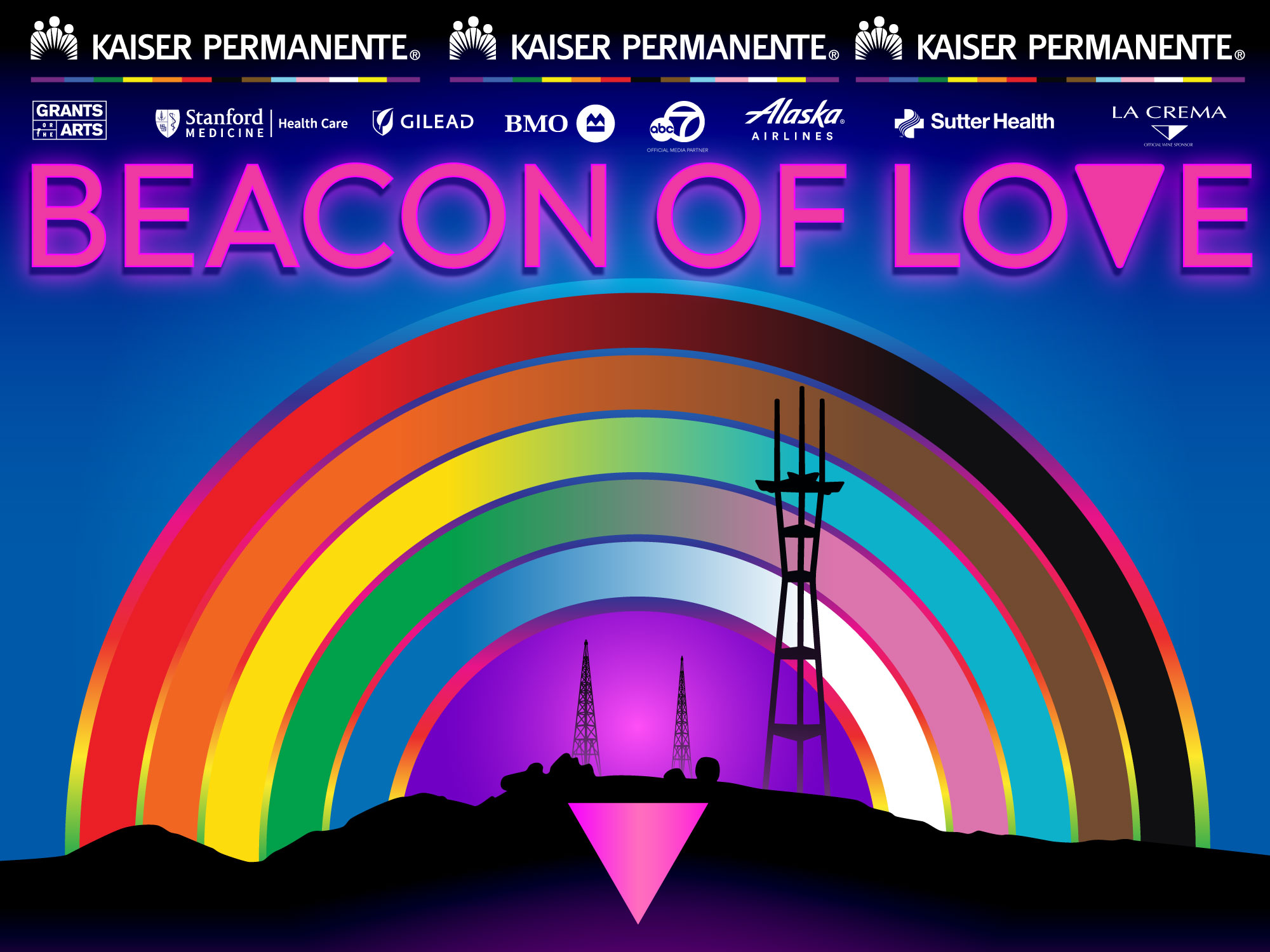
Anyway, bring back Sex and Magic, that’s what I say! So if you see me use those colors, you know what I’m talking about.
Miss Gina La Divina
Farewell to Miss Gina LaDivina the one and only.
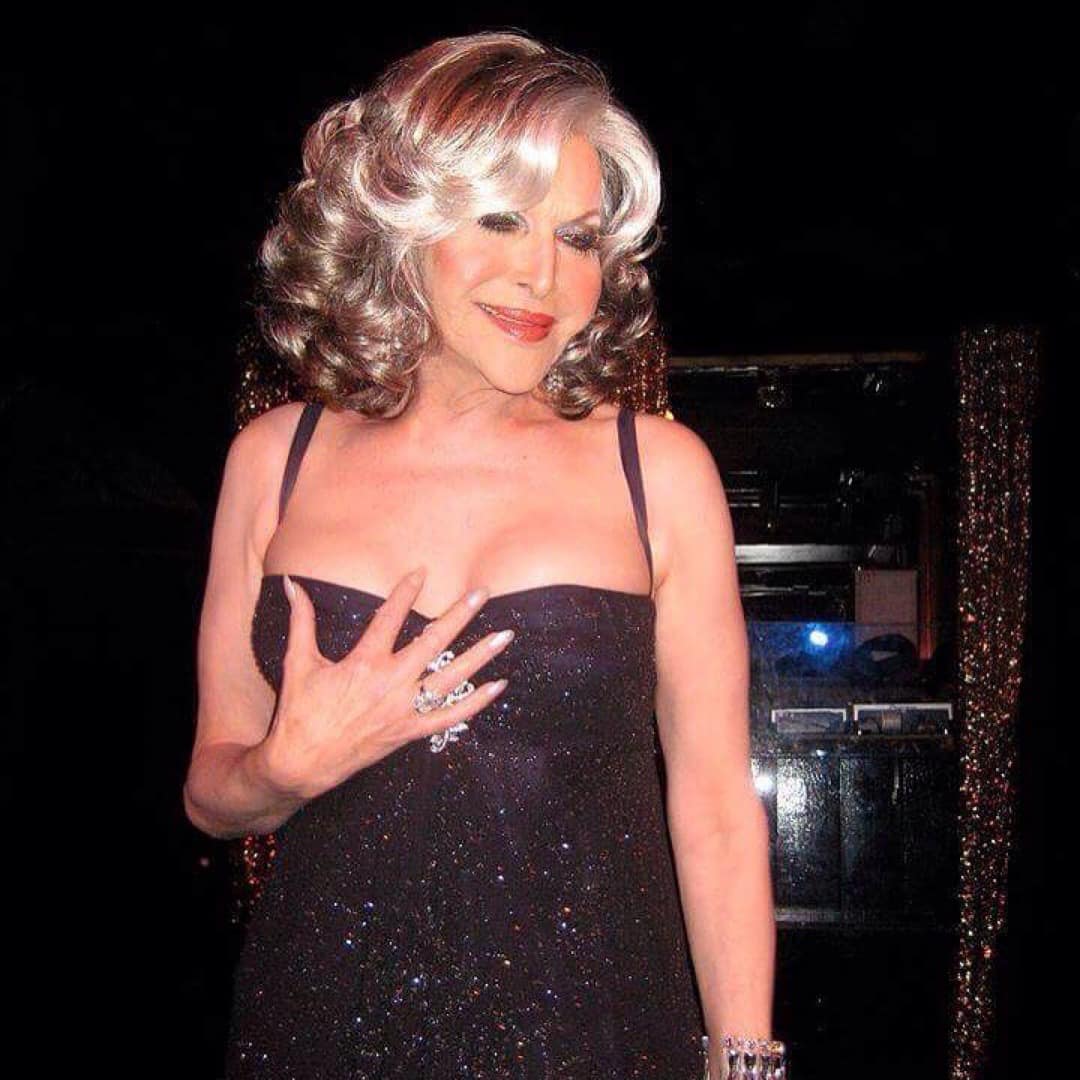
Gina was the first trans woman I ever really knew.
She made a great impression on me as an example that one could truly live a complete and healthy life this way. I know she had her challenges over the years but she really had herself together.
A savvy dame.
I got to know her as a regular at David Nemoyten’s Mad Magda’s Russian Tearoom in Hayes Valley and as a beloved fixture in that lovely close-knit neighborhood in the early 1990s. Everyone knew and loved her.
Gina had impeccable taste and style. She and I bonded over her love of beautifully made dolls, she appreciated my interest in them. Gina was naturally an expert in Barbie as I recall, but she lavished her attention and considerable talents on her Gene dolls, a tall and glamorous high end fashion doll for which she made custom outfits and rooted their hair by hand.
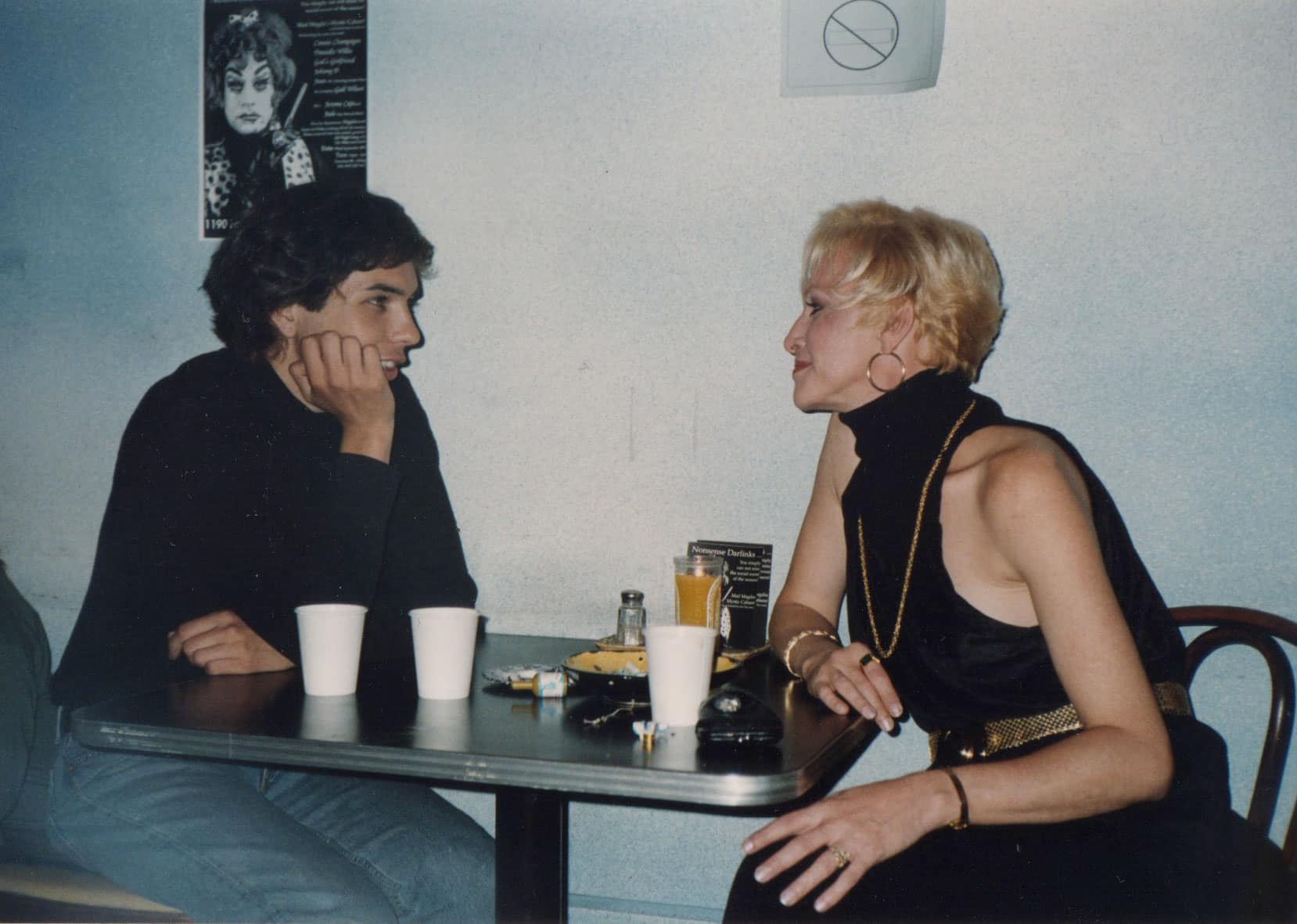
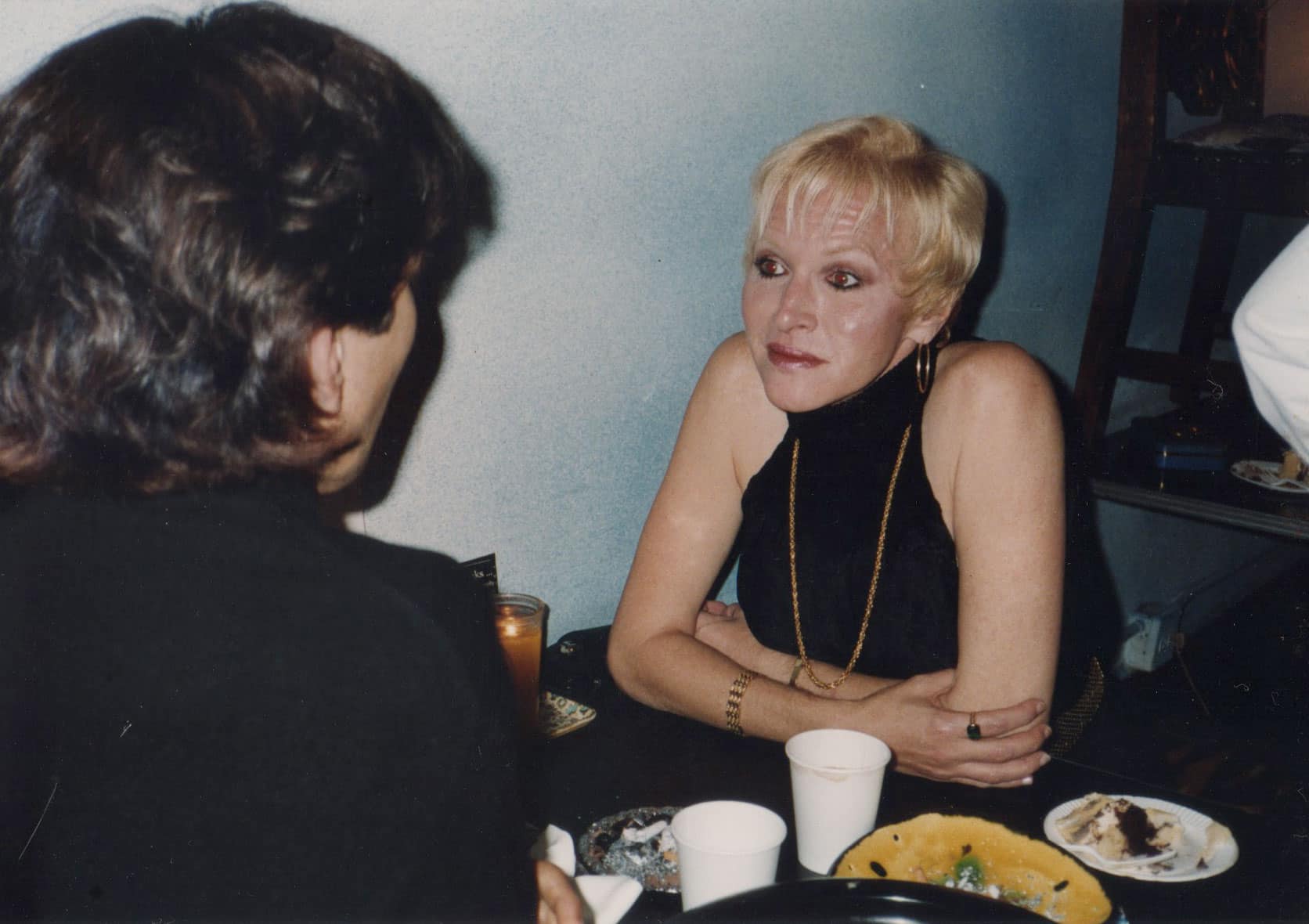
Antiques, fashion, and all things glamorous and refined, those were her hallmarks. She was extraordinary and she knew it and owned it, yet she was also very grounded and down to earth, warm and kind and fiercely intelligent. She was a fountain of wisdom and lived experience.
I sought her out when I began to transition in 2015. We sat in her classic San Francisco studio apartment crammed with treasures, wigs and glamour drag—she would smoke marijuana and tell me stories of her life and share her thoughts and strategies to survive and thrive in the world as a transwoman. She was neighbors with Veronica Klaus down the hall, it was incredible for me to be with them again after so many years. I recognized myself again in seeing them and I felt their welcome of me as I returned to the tribe.
I wish I had recorded her. I always wanted to go back and do an oral history with her, I hope someone did that. She was living trans history.
She had come to San Francisco in the very early 70s, maybe late 60s? Young. Under 18, leaving her family and escaping to fabulous and free San Francisco. Young Gina was a hopeless sissy from the get go, one of those who couldn’t hide who she was if she wanted to. Unlike those of us who can pass as a cis straight male for years, she was one who really had no choice but to live and present authentically. So she was educated in the streets and had a lot of hard life adventures.
I recall her stories about the girls in the 70s getting illicit hormones from a shady doctor and occasionally doing compromising things to get them.
I just went to Kaiser, you know?
I have such an appreciation for the access to transgender medicine I have, the relative ease of my transition. Women like Gina went to any length to be who they were in the world and their relentlessness and insistence made things happen for the rest of us later.
She wasn’t a performer or showgirl when I first knew her. She took it up late in life. It was as if after a lifetime of sitting through mediocre drag shows she just had to get up and show these bitches how it was done. So she performed for the last twenty years of her life as the most fabulous dame in the city.
Along the way she was a mentor to so many young queer people and drag performers. She made astonishing wigs for many of the great San Francisco queens of our time and I think she beautifully carried the legacy of old school glamour queens in this drag race pop culture era.
Gina was properly recognized as a trans elder and she was given all the flowers she deserved. She moved out of her studio and into brand new LGBT senior housing built by the City of San Francisco and she was so pleased at her good fortune. She was neighbors with Donna Personna and it made me happy to see them both living well in the city they had lived in for 5 decades.
I think a lot about things Gina told me. She was right about so much. Especially men. Everything she told me about cis men and trans women turned out to be pretty much true, alas. They all want to fuck you but they will never love you. She didn’t mind too much, she got what she wanted from them and then kicked them out and lived her life in her own damn terms.
The first time we hung out in 2015 I was in very early transition and uncertain whether I was doing the right thing. I’ve forgotten much that she told me, but I will always remember her looking me up and down at the end of the night, with a raised eyebrow and a nod of her head. “You’ll do, you’ll do.” She said. “You can get away with it, you have what you need.”
Her appraisal of me and her approval meant everything in the rocky days that followed.
It was a privilege to know her and I congratulate her on a life very well lived.
Farewell, Diva.
Opening the Transgender Umbrella: Doris Fish and The Sluts A Go-Go
A longtime fan of Doris Fish and the Sluts A Go-Go, I was inspired by their legacy when I was first exploring my gender identity in San Francisco in the early 1990s. Many years later, after I went through gender transition, my fascination was renewed thanks to reconnecting with my friends in the San Francisco drag community including the original Slut, Miss X, as well as Ms Bobbie Davis, who was a lover to Tippi at the end of her life and who has spent decades collecting and studying transgender history (Her collection is now the Louise Lawrence Transgender Archive.
The publication of Craig Seligman’s biography of Doris, “Who Does That Bitch Think She Is?: Doris Fish and the Rise of Drag” and my involvement as exhibit designer for the GLBT Historical Society Museum exhibit “Doris Fish: Ego As Artform” led me to start the website DorisFish.com in partnership with Phillip R. Ford, a regular Sluts collaborator and the director of their film “Vegas In Space”.
As a trans woman in 2023, this obsession with a group of old drag queens may seem a bit unusual, but I find a lot to draw from it.
One of the things that attracts me to the Sluts A Go-Go is the way they directly reflect the wide diversity of trans feminine gender expression: Doris Fish was very much a gay man with no interest in being seen as a woman. Miss X was an openly bisexual man (an “omnisexual satyr” as Craig Seligman describes her) who dated cis women and went on to a life of marriage to a cis woman and of fatherhood. Tippi, who seems to have experienced severe gender dysphoria and would today certainly be described as a straight trans woman. (I think drag was a kind of armor for Tippi, she seems to have only felt safe when she was on stage.)
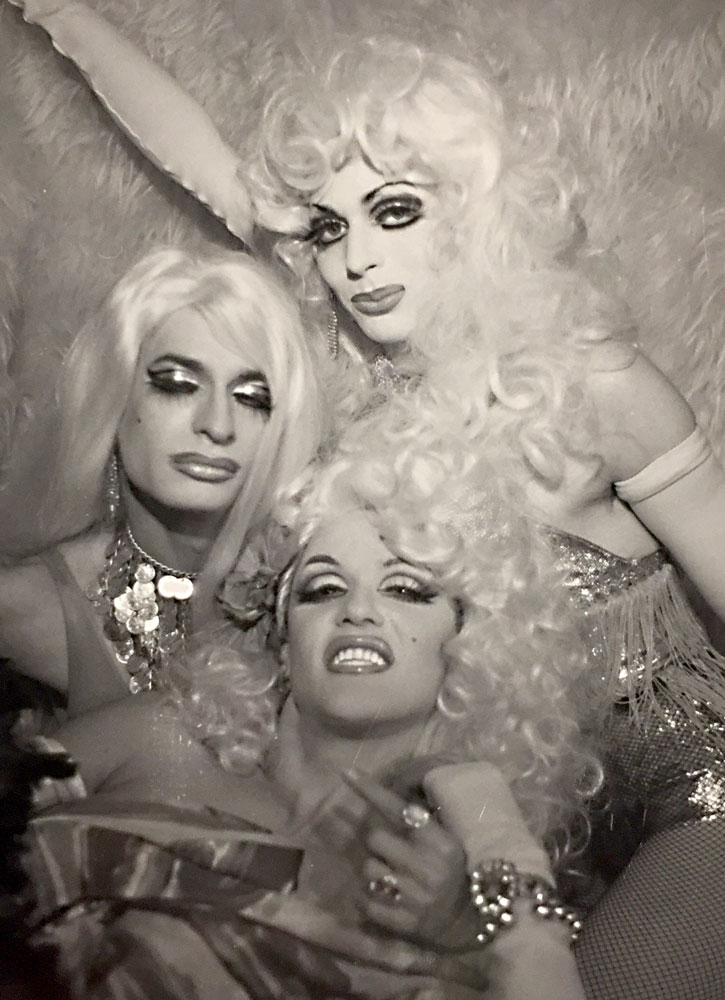
Add to that the diverse cast of characters surrounding the Sluts: Freda Lay, Sandel Kincade, and other cis women were welcomed to the group as drag performers. Jaqueline Hyde, one of Doris’ best friends, lived as a woman. Ambisextrous was the original non-binary queer (all due respect to the Cockettes and Angels of Light) in his glittery beards, gender queer drag, and total disinterest in the art of female impersonation. Phillip R Ford was a flamboyant yet masculine gay man in a world of Castro Clones.
They all mixed together in a riot of subversive art and aggressive non-conformity. They pissed off a lot of people, gay AND straight, but they also had a devoted following in their time and they helped foster a more open view of art, gender and sexuality that outlasted them.
Today, the transgender “community” seems very fractured to me. There is a lot of tension and ambivalence between the various expressions. Many trans women are uncomfortable with Drag, for instance, because they feel that it is play acting (or parodying) femininity, treating it like a costume when the average transwoman just wants to be seen as a woman and does not have the luxury of taking off the costume.
General societal ignorance of the difference between the two is still a major problem. The fact that anti-trans laws and anti-drag laws have arisen simultaneously is evidence of this. They are entirely different things, but the average person just sees “men dressing like women” and all of it as a threat to the status quo. Acceptance of gender diversity in mainstream society under any circumstances is considered a threat to the Republic to many foolish and dangerous people.
Within the LGBT community this has also been a divisive issue. Historically, the boundary between drag queens and transsexuals was more permeable than it is now.
In the early days (1950s and 60s) trans women, particularly trans women sexually attracted to men, really only had one option if they wanted to go out in public, and that was to go to gay bars where they were somewhat tolerated. Additionally, someone choosing to live as a “straight” woman was seen as a denial of gay male identity at a time when gay males were fighting for their rights.
There were transvestite social organizations, like Virginia Prince’s group which published “Transvestia” magazine and was an important resource for the early trans community, or the famous Casa Susanna, that catered to the married heterosexual cross dresser but which actively discouraged both sex with men and medical transition.
This is to say nothing of the hostile reception lesbian and bisexual trans women received from the lesbian/feminist community….
In both cases, respectability politics were a problem.
Drag was seen by many as an impediment to mainstream acceptance of homosexuality. Drag Queens made the community “look bad” at a time it was trying to get society to accept homosexuals as regular, decent, tax-paying citizens. The rise of the hyper-masculine gay male as a reaction against being labeled as “sissies” further complicated things, pushing the trans feminine to the margins within the gay community.
The heterosexual cross dressers, on the other hand, were focused on normalizing transvestism as a healthy heterosexual behavior practiced by red-blooded men.
This is why many trans women who transitioned usually retreated into the stealth closet whoever possible. There was no place for them, nothing to do except hope that they could pass and live as a woman in straight society. (Often that was a luxury afforded only to privileged, white trans women.) They were neither drag queens nor cross dressers and they just wanted to be left alone. Who can blame them?
I think something is missing from the contemporary trans experience. I think there is value in subverting ALL of the norms: straight, gay/lesbian AND trans. We lose our collective power in all of this divisiveness. After all, we are all the same to our enemies, they don’t see the distinctions between us.
Doris was amused by the quest to become a “real woman”. She gleefully used the term “Fake Women” to describe herself and other trans feminine people, but she seems to have been a true ally and a generous friend to transsexuals. She was on a mission to celebrate and encourage outrageous gender nonconformity (as much as she was on a mission to celebrate herself and be a star) and she very much pushed it down our collective throats. Glamour, she insisted, was for everyone.
Glamour First
Glamour Last
Glamour Always
Fathering
Since I transitioned I’ve been afraid of the word father. Afraid of being seen as a father, being gendered by my fatherhood. Afraid of being my father. Afraid of how I hear his voice when I get angry. Afraid of how his mannerisms creep into my behavior.
I used to mimic my dad. He was my male role model. I mimicked the good and I mimicked the bad. I’d spend two weeks with him and I’d come home walking and talking like him. My mother hated it.
When I’d argue with my wife I’d see my dad come out in me. He’s where I learned to argue with women.
So naturally that’s all behavior and mannerisms I do my best to avoid in my current gender presentation.
But in doing so I’ve handicapped myself as a parent. I’ve cut myself off from the tools a father uses to communicate with a son.
Because as scary as my dad was when I was little, he also went on to become a better man and better father when he moved away to Alaska when I was six. Something up there changed him and he was generally a benevolent if neglectful presence in my life.
At any rate. I have my father’s voice in my body and I realize now that it doesn’t threaten my gender if I use that voice.
I had a conversation with my son yesterday that he needed to hear. He’s a young man who is growing up and he needs his father to guide him. It’s not about the word itself, I’m always going to be Robyn to him, and it’s not the sound of my voice, it’s the tone and intention. I’ve never had a conversation like that with my son and I think we’ll both remember it forever. I hope so.
It’s an attitude adjustment that I can make because I realize now it doesn’t really matter if I‘m perceived as masculine. I’m trans.
I possess my father’s voice and I’m not afraid to use it.
The Dee Snider SF Pride Incident
This isn’t a fight about semantics or who is transphobic and who is not. This is a fight for people’s lives and happiness.
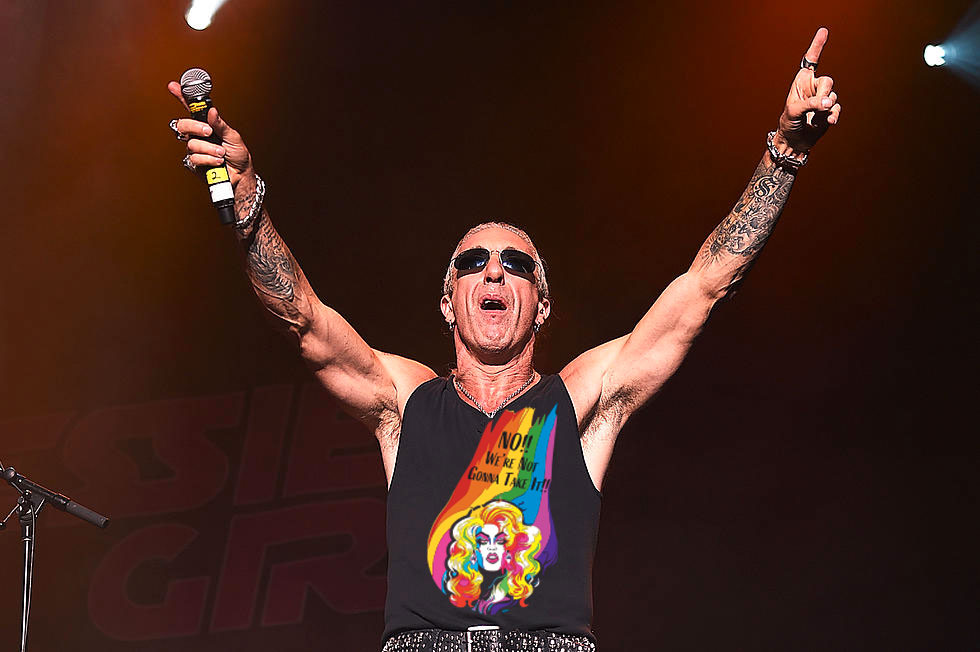
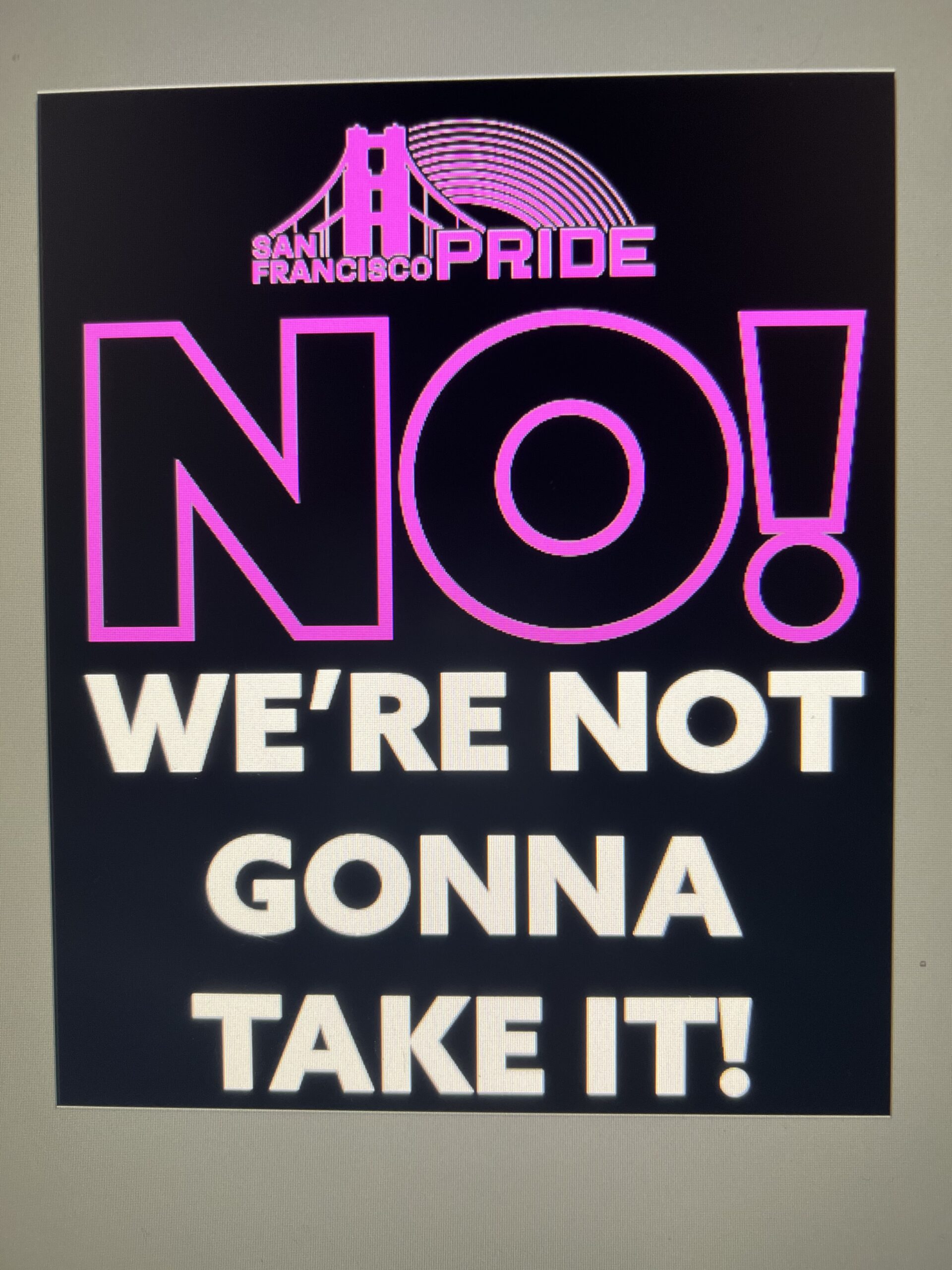
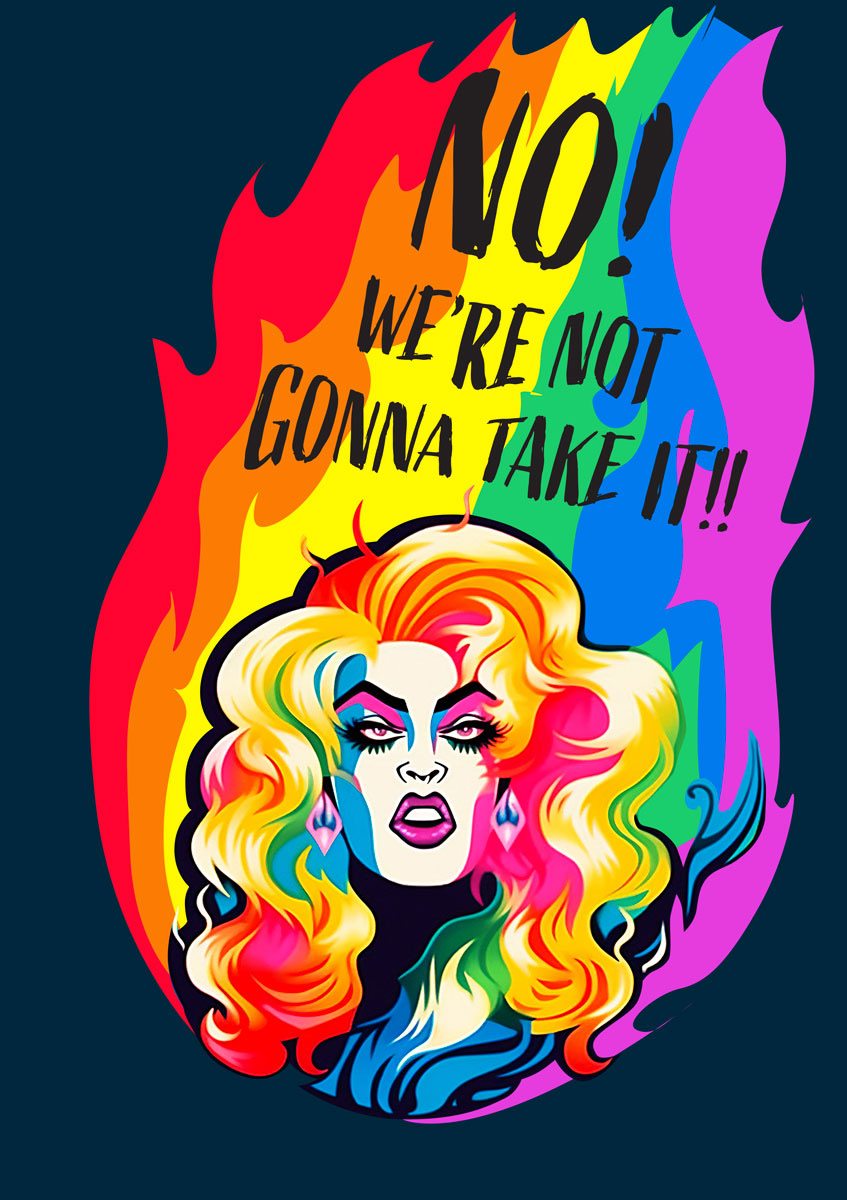
XX Chromosomes
Seven Years
My birthday marked the 7th anniversary of the start of my transition.
All in all it’s been remarkably successful. It’s a journey you start with no idea how it will turn out, you just know with incredible certainty it’s a trip you have to make. Despite numerous blessings in my life there was a sadness at my core that wouldn’t go away, a lot of people saw it. Once I named it-I am transgender-this light went on that never burned away. Once I let Robyn speak she wouldn’t shut up until she was free to walk the earth.
They call us delusional to think we are truly of the other gender, and in a way, there is a kind of madness that takes hold that carries you through the rough times, blinds you to the stares, helps you march inexorably through the awkward stages and to the other side.
I’m so grateful I listened to that voice, and I’m so appreciative of the warm welcome I received.
Diet Popstitute in Venus Castina: The Art of Gender
From Issue #2 of Venus Castina: The Art of Gender (1991), a wonderful interview my Ms. Bob Davis (Louise Lawrence Transgender Archive). Diet was the creator of Klubstitute, the legendary queer underground femme-trans cabaret.
New Mexico Baby
Miss Kitty Litter in Venus Castina: The Art of Gender
At the same time I was publishing Homozone5 my friends and I published a zine about gender called Venus Castina. It was a place to showcase our art and poetry and write articles about our friends. It was a project of the House of Pancake: Kent Taylor, Micah, Randie Flame, Jade, Jude Hererra, Deanna Oliver and myself. We published it on a Macintosh Quadra and pasted up on gridboards on my kitchen table. It was a really great time. 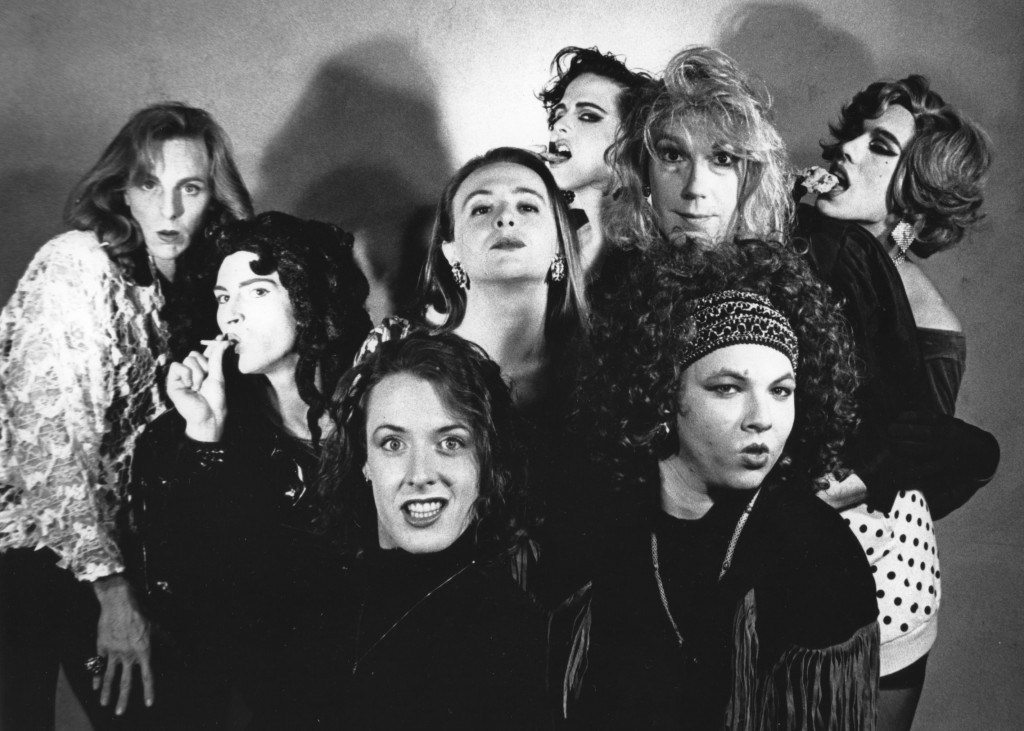
I recently found the master pages of issue #2 and wanted to share articles about two of the towering figures in San Francisco queer culture, especially in the age of Klubstitute.

